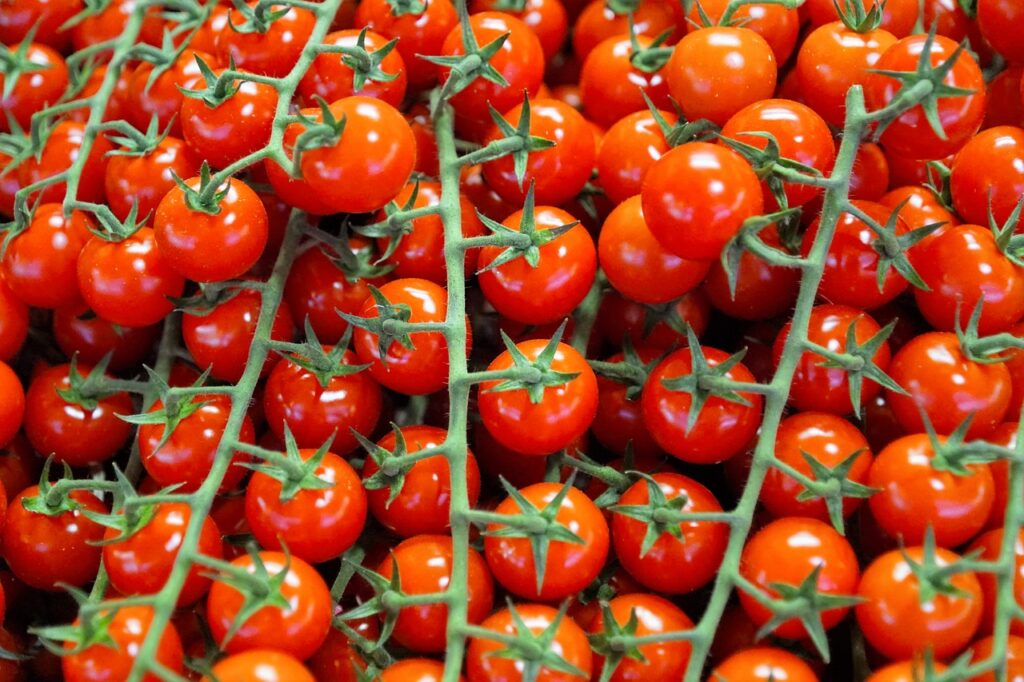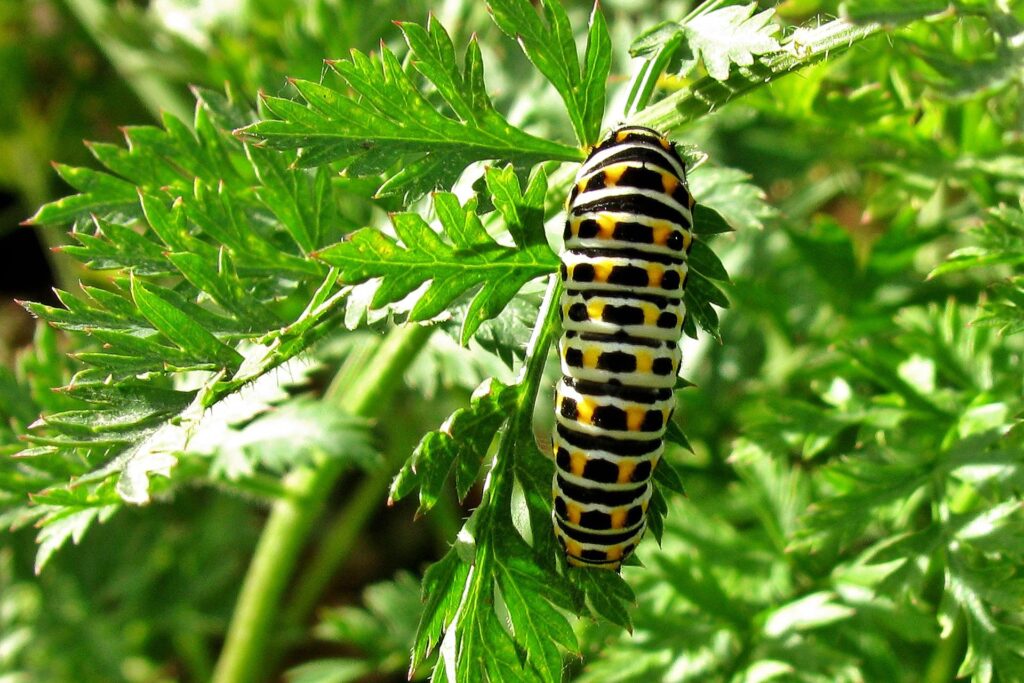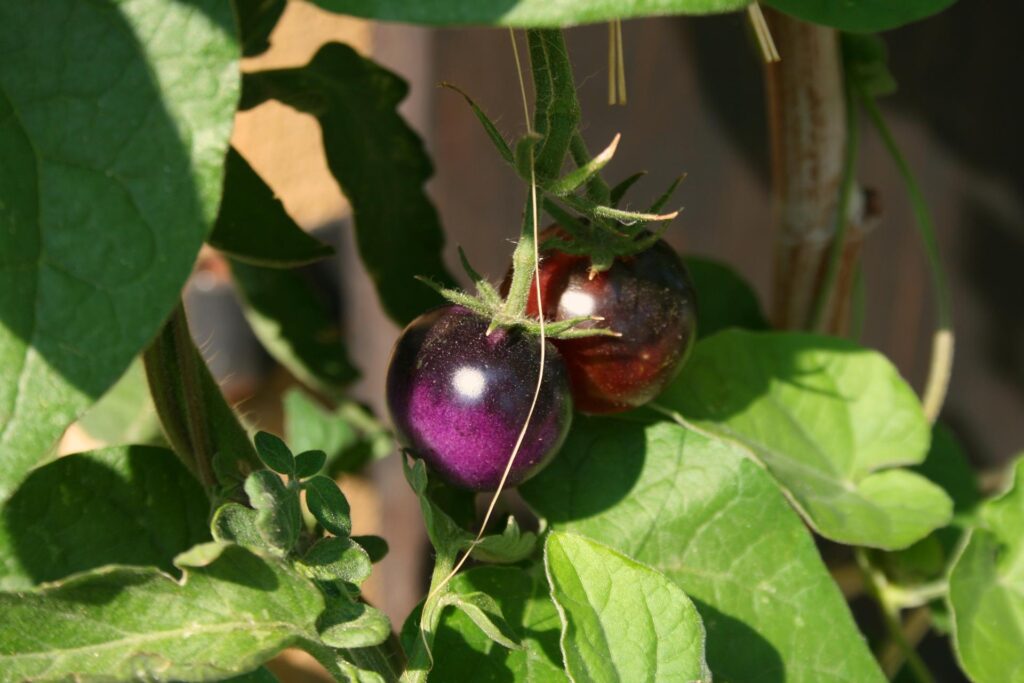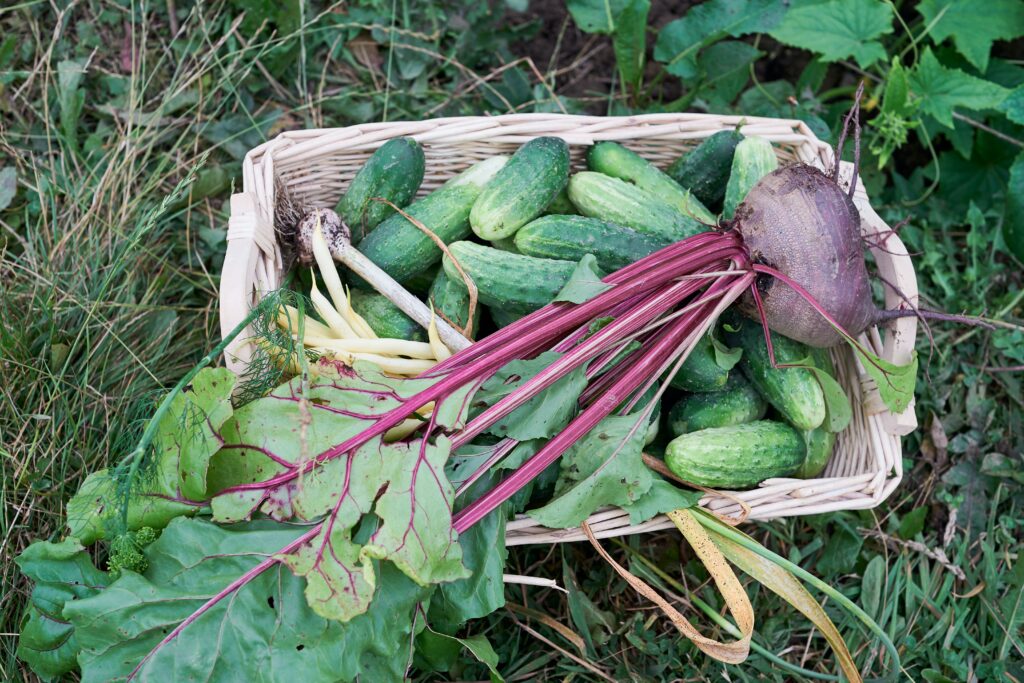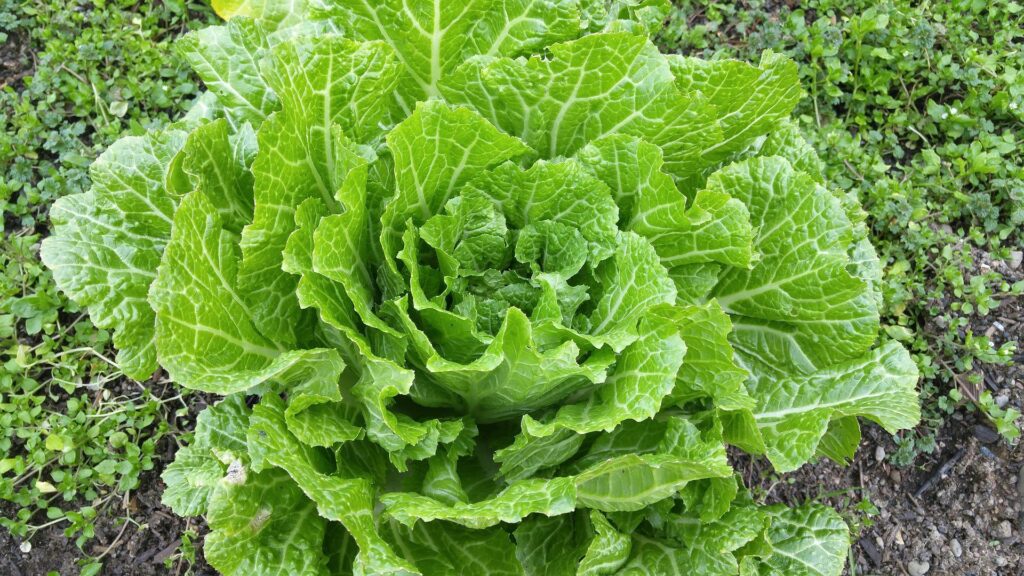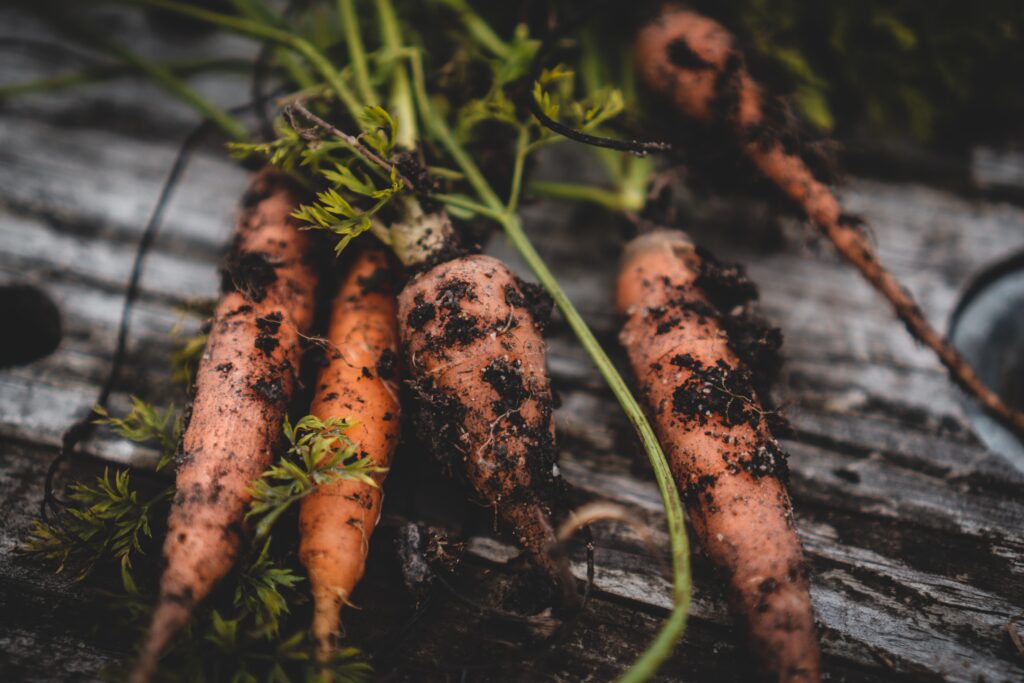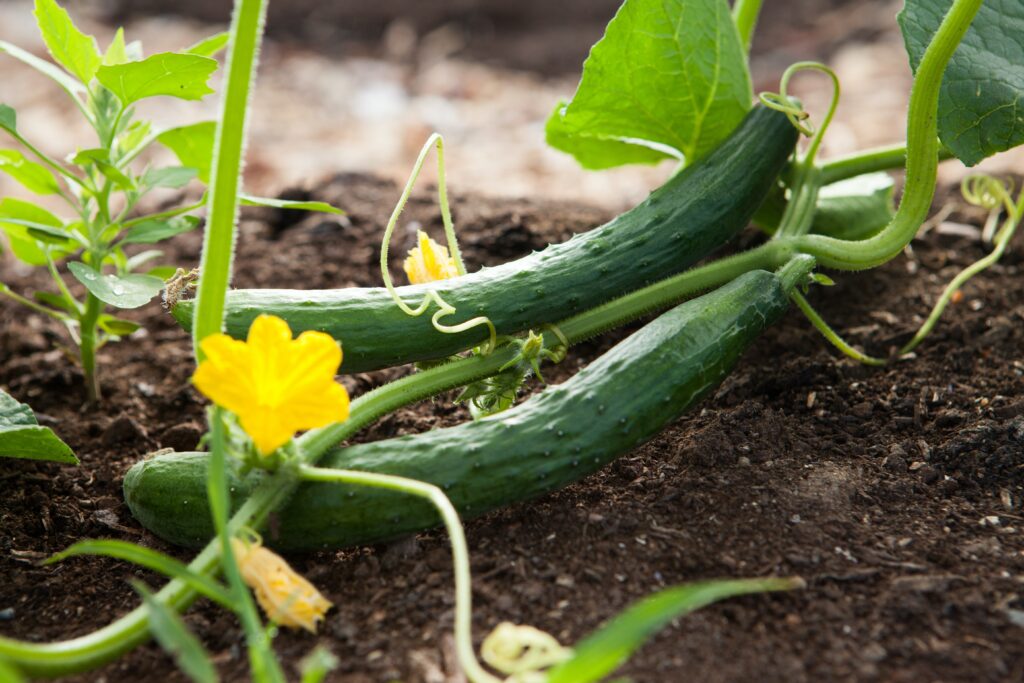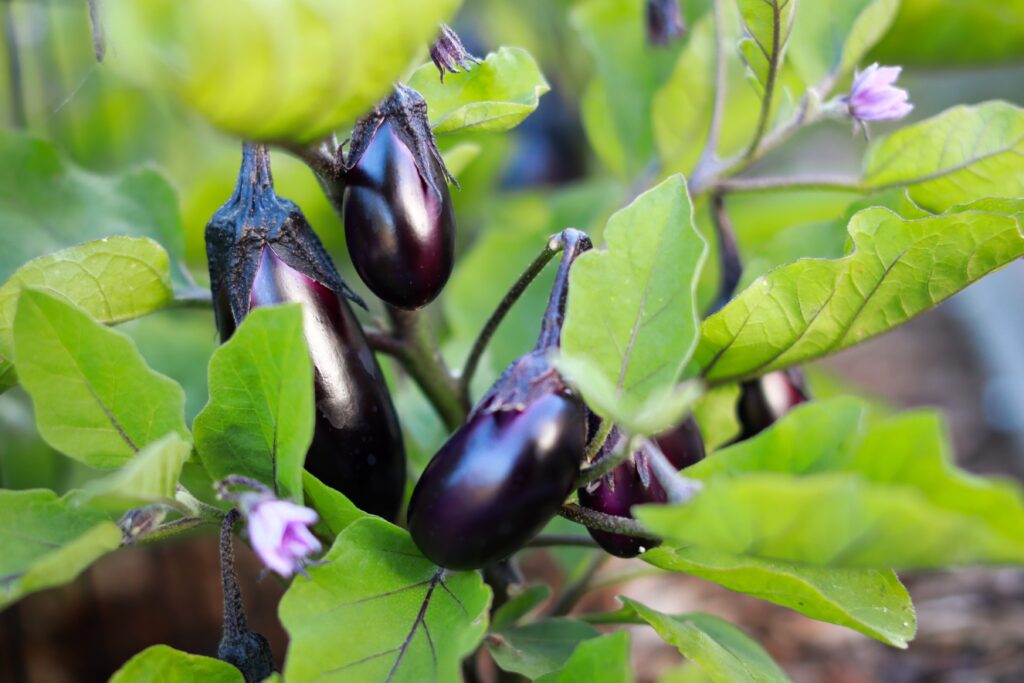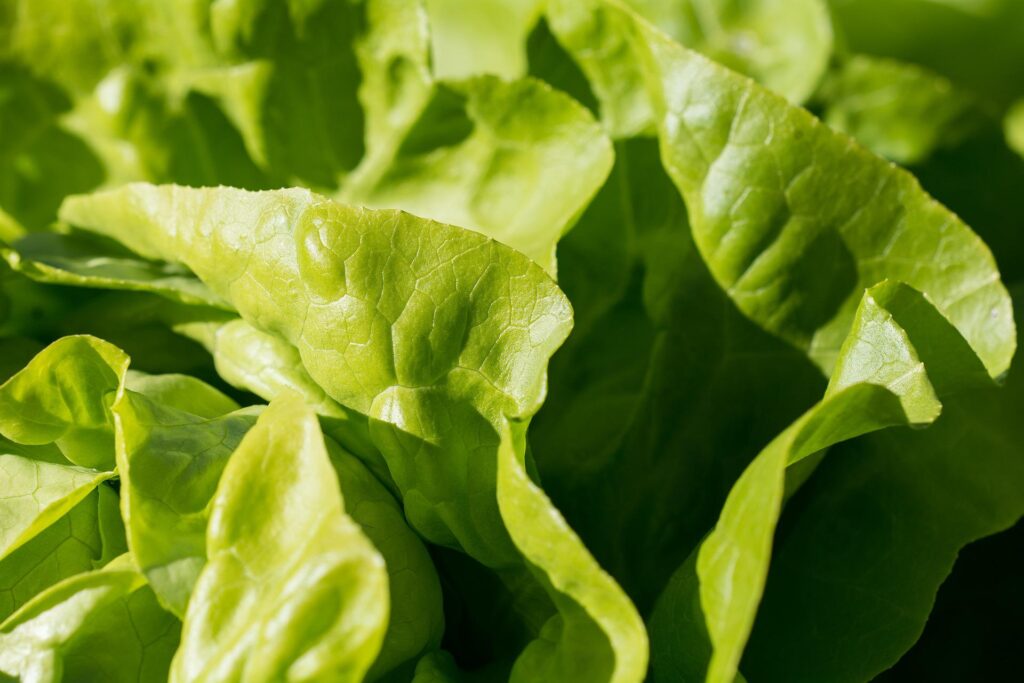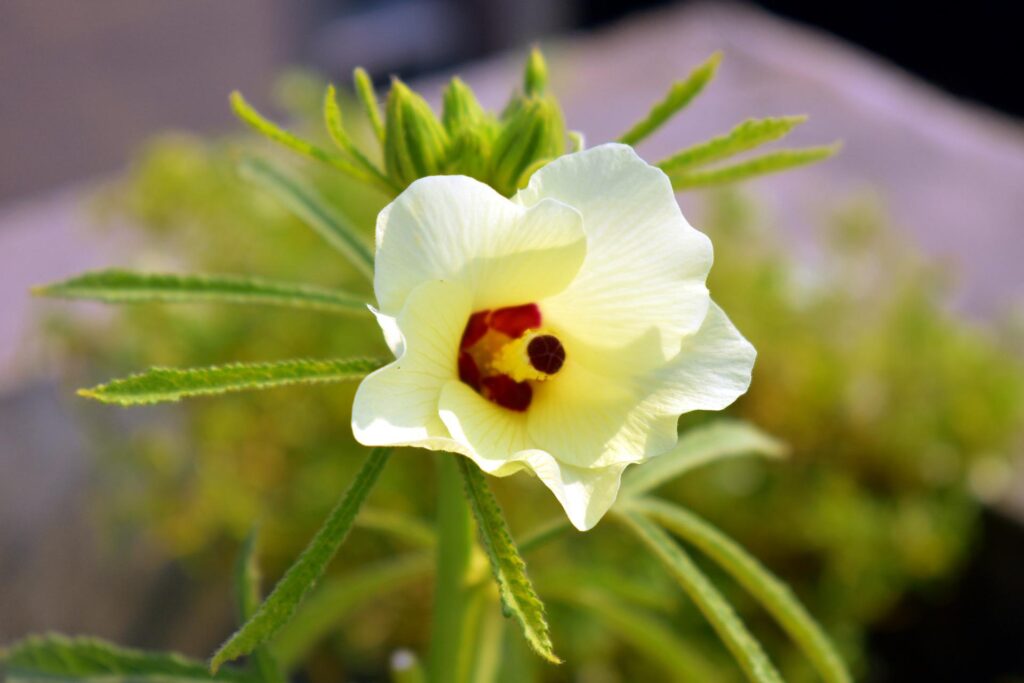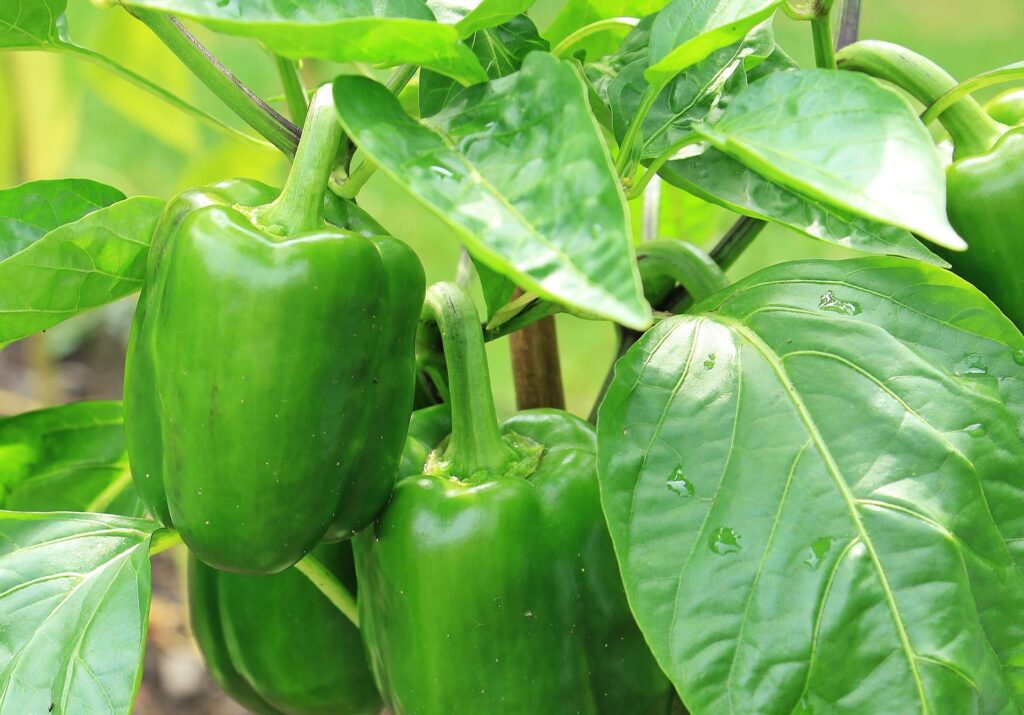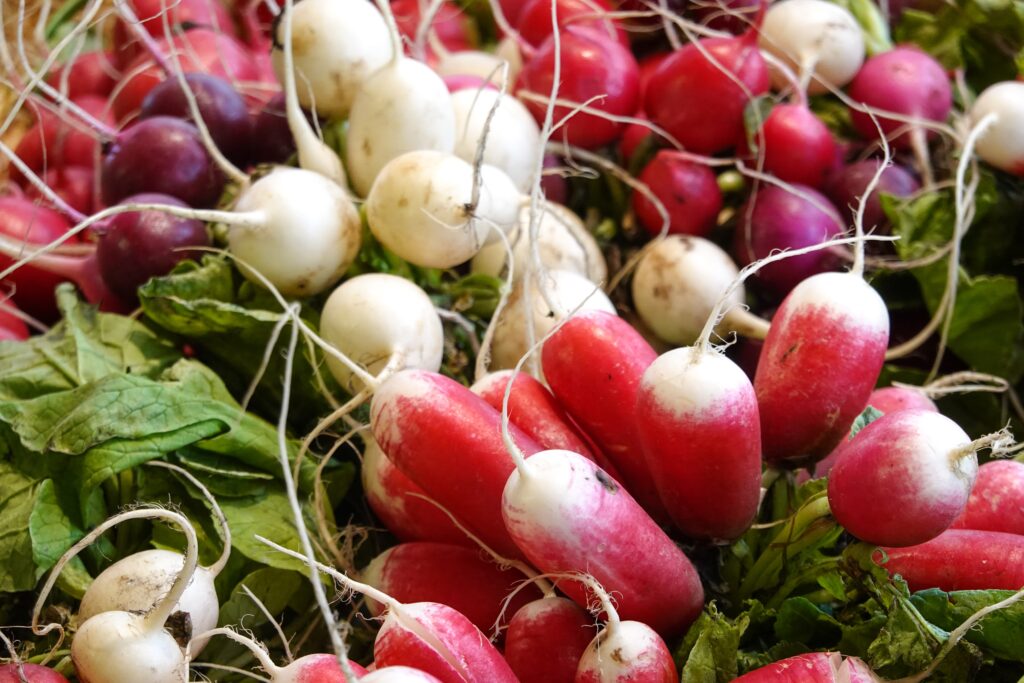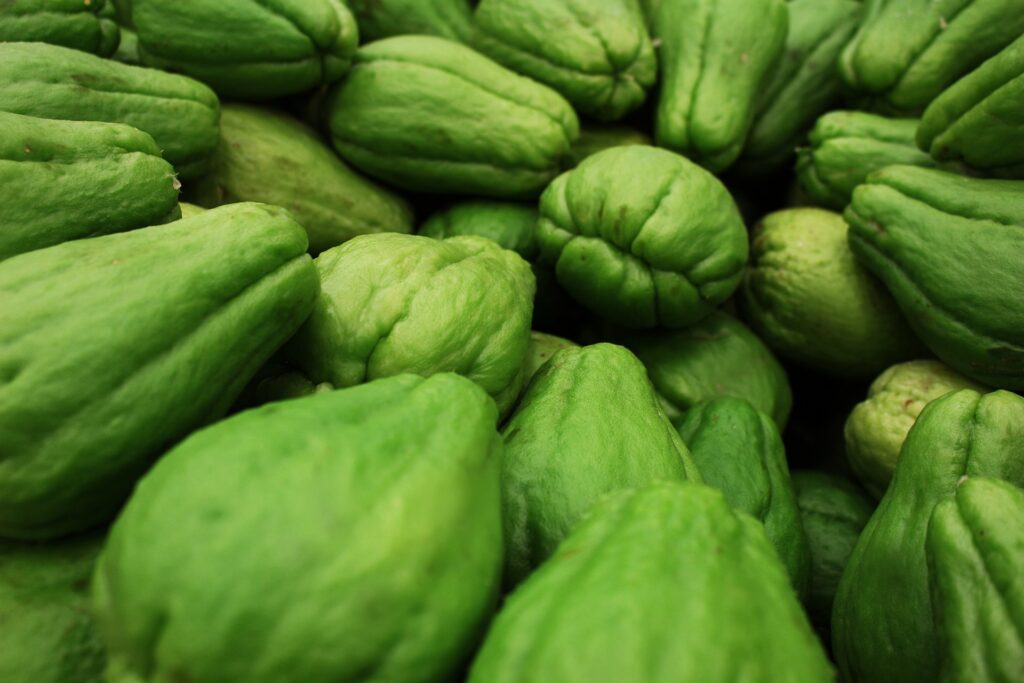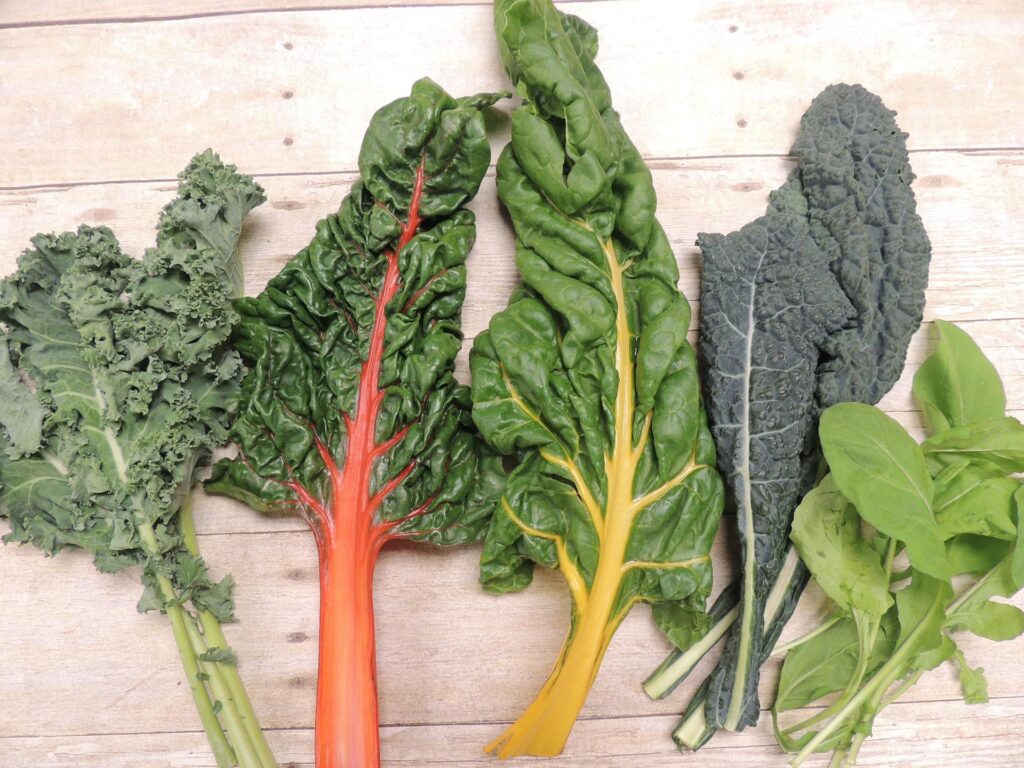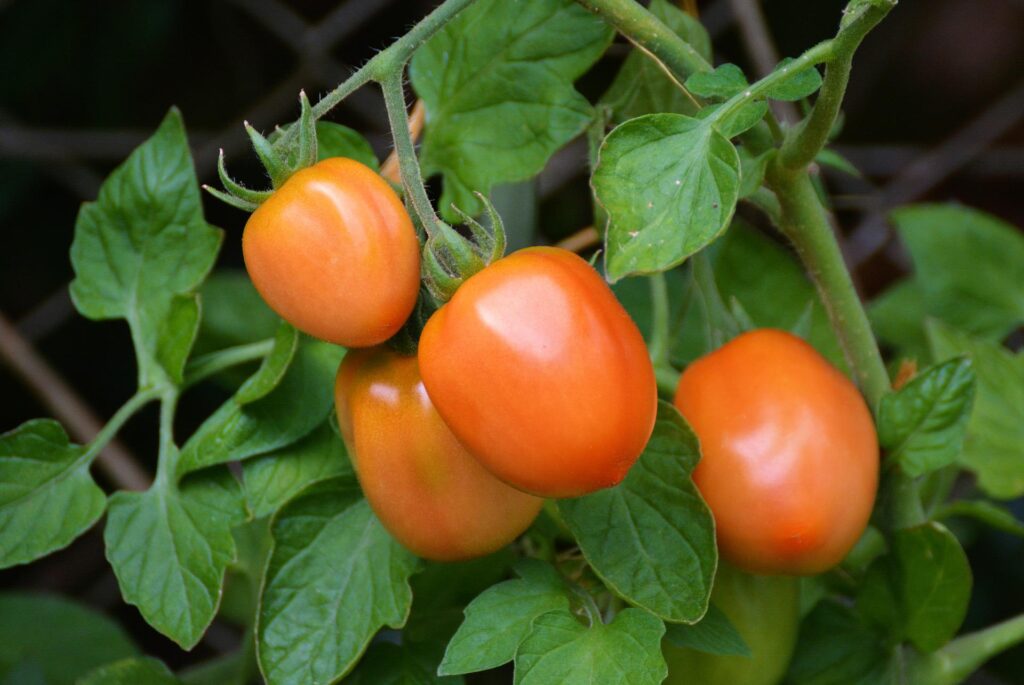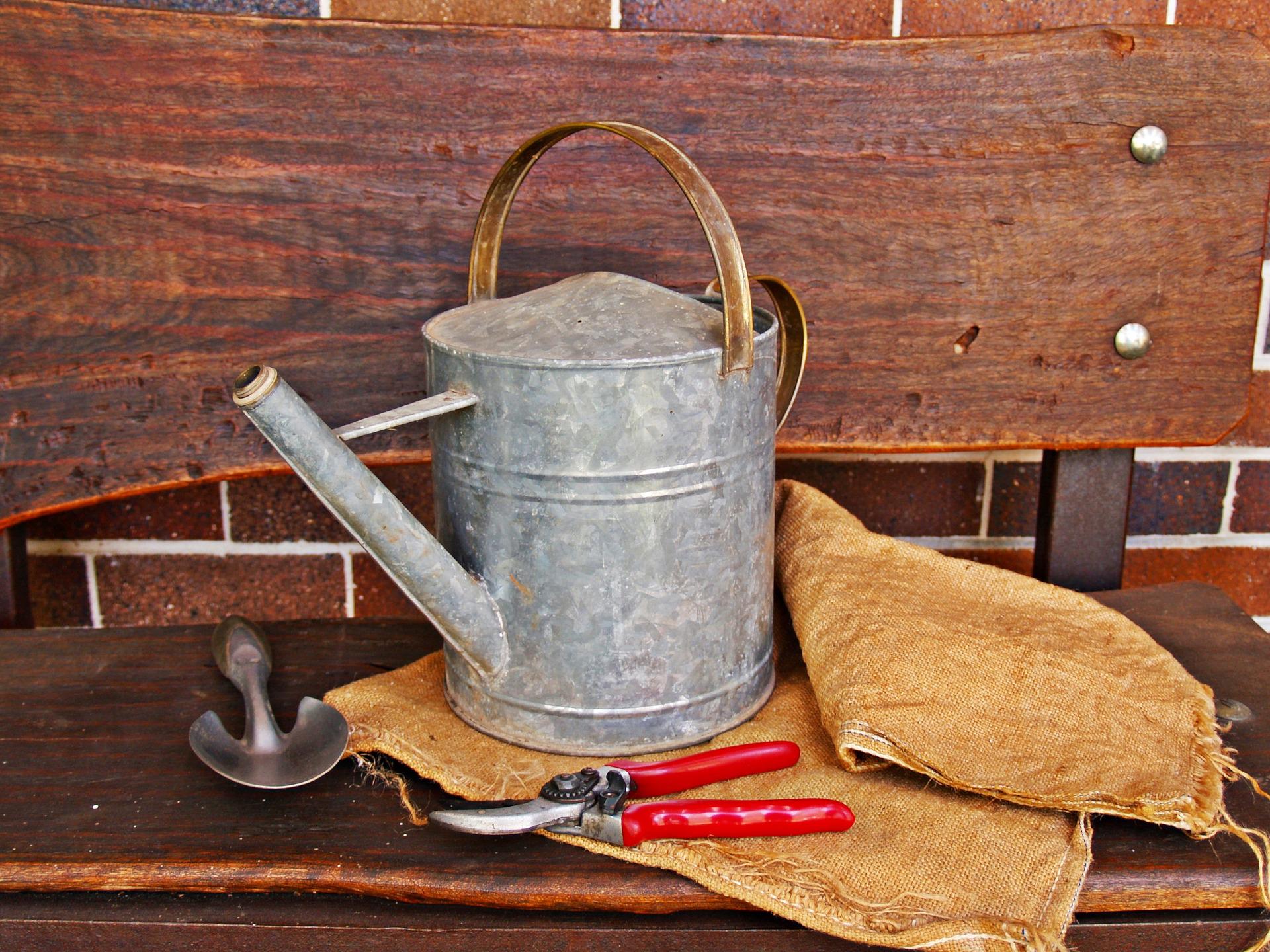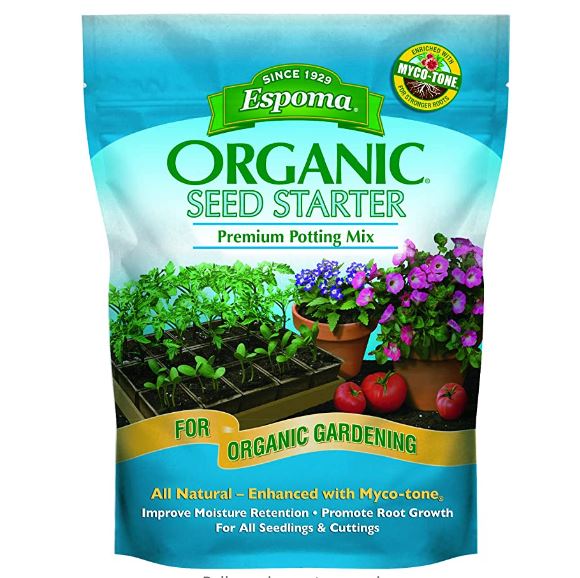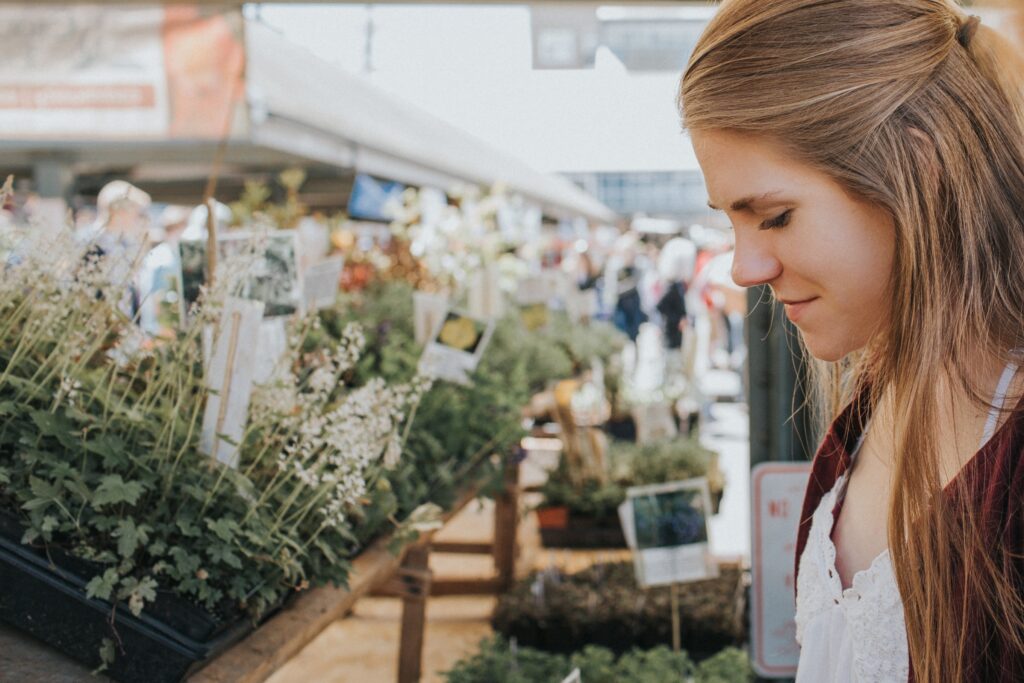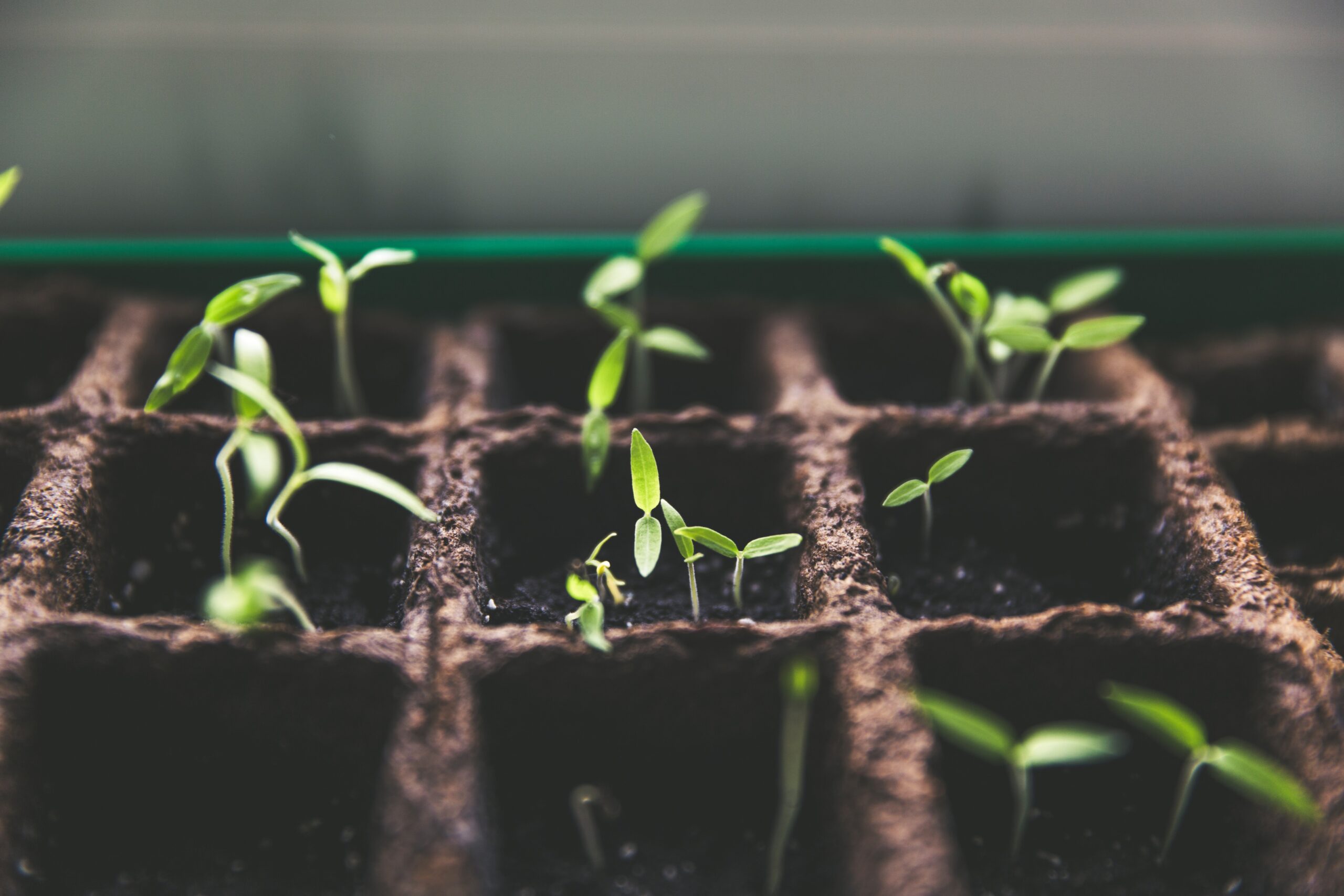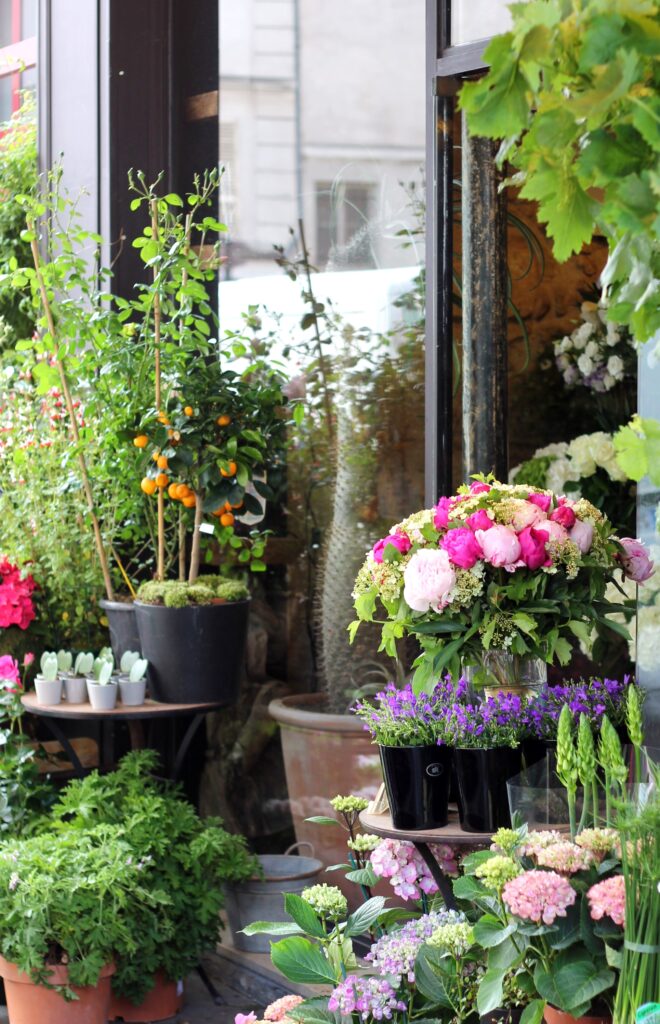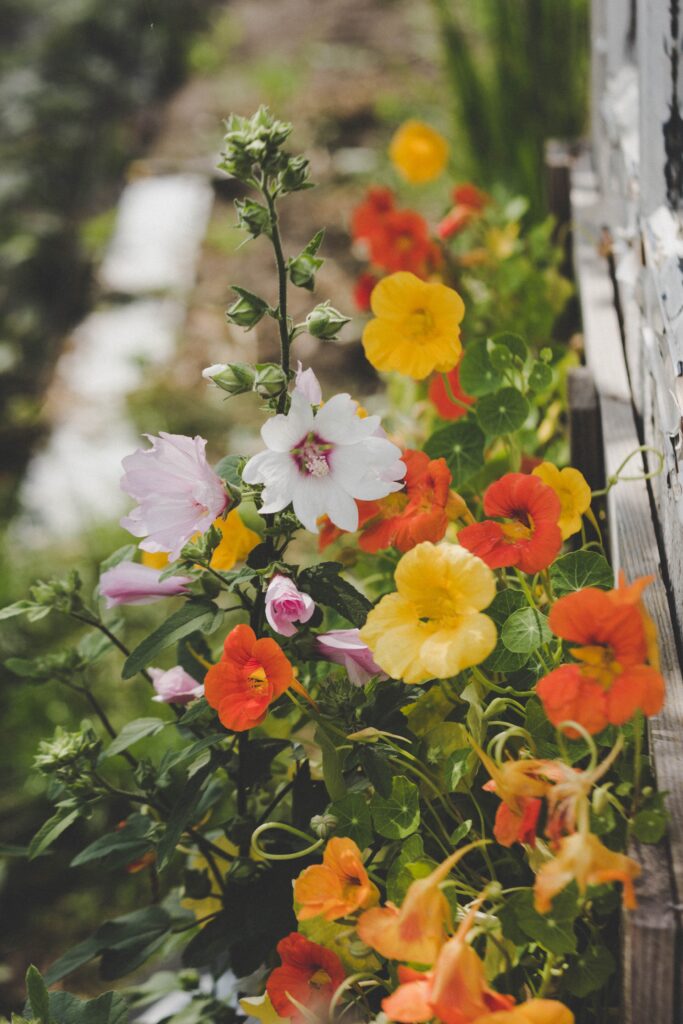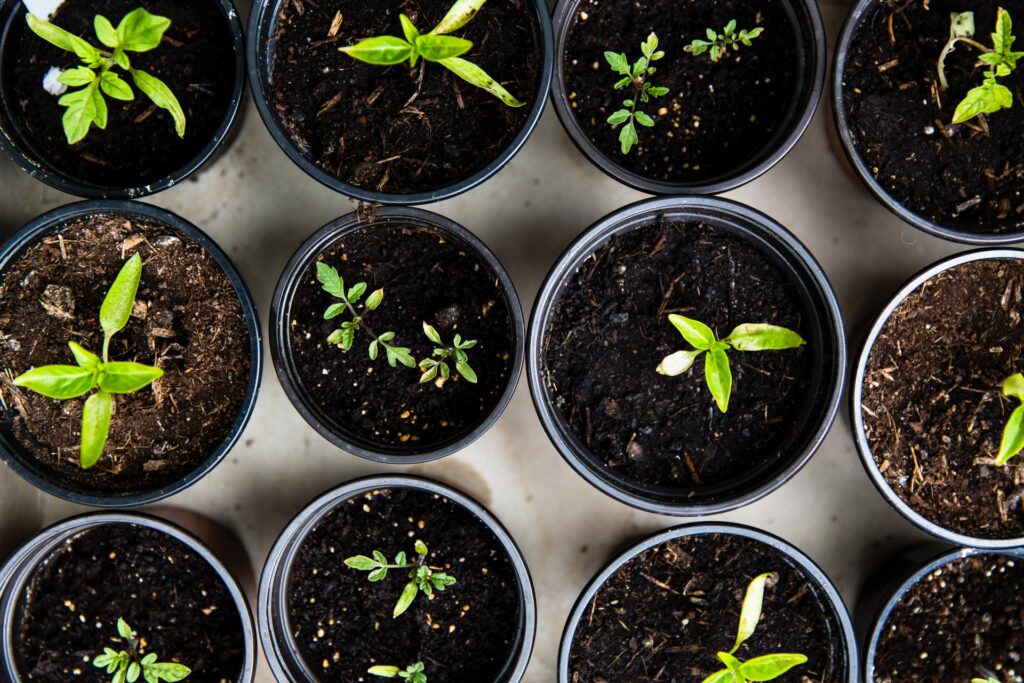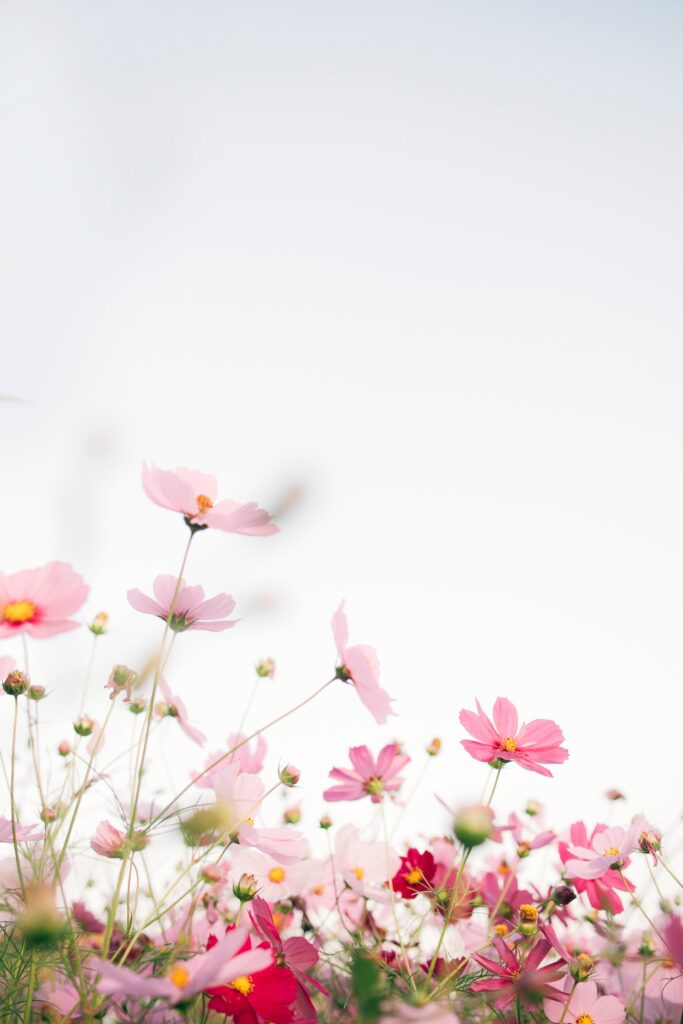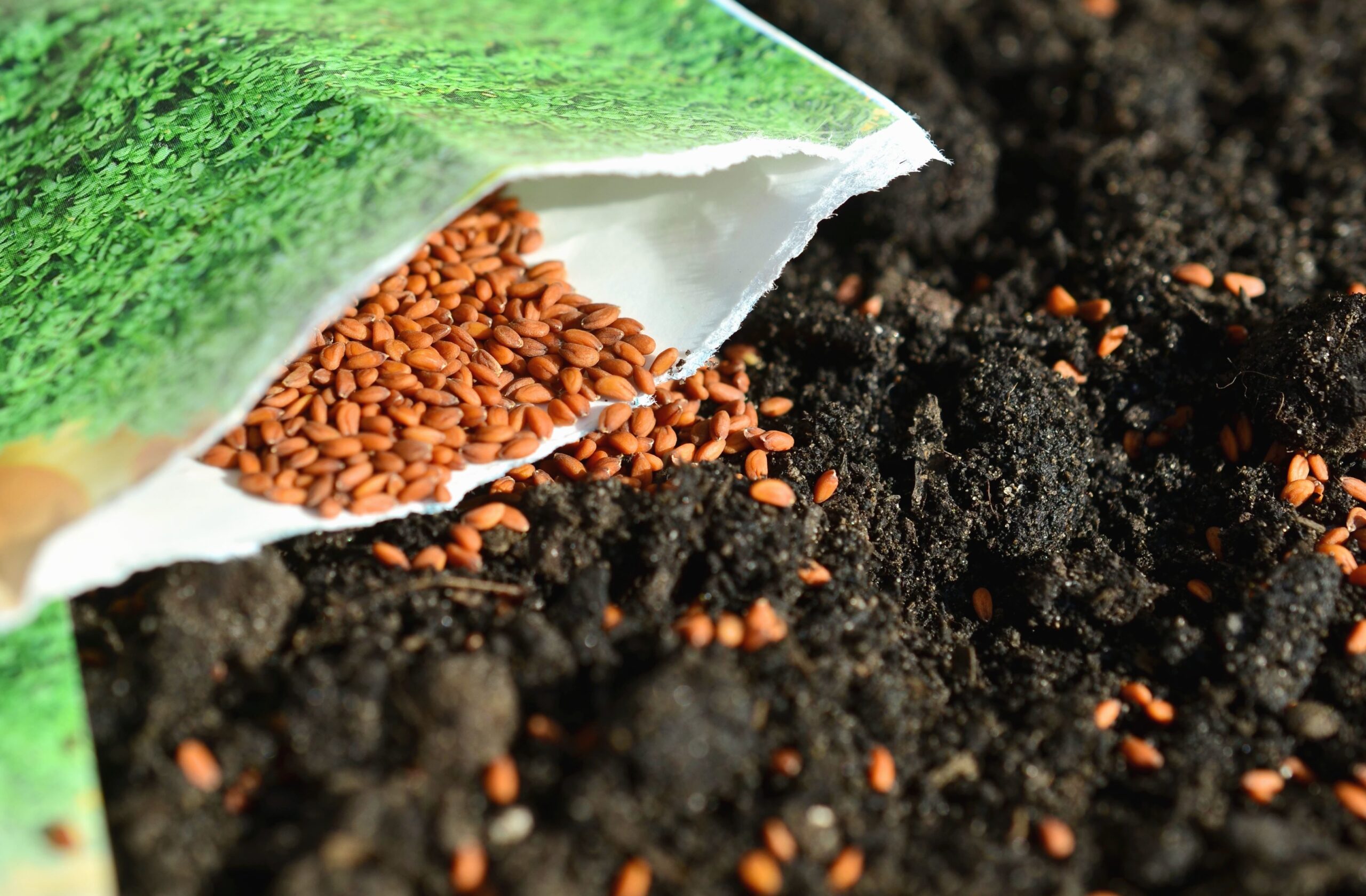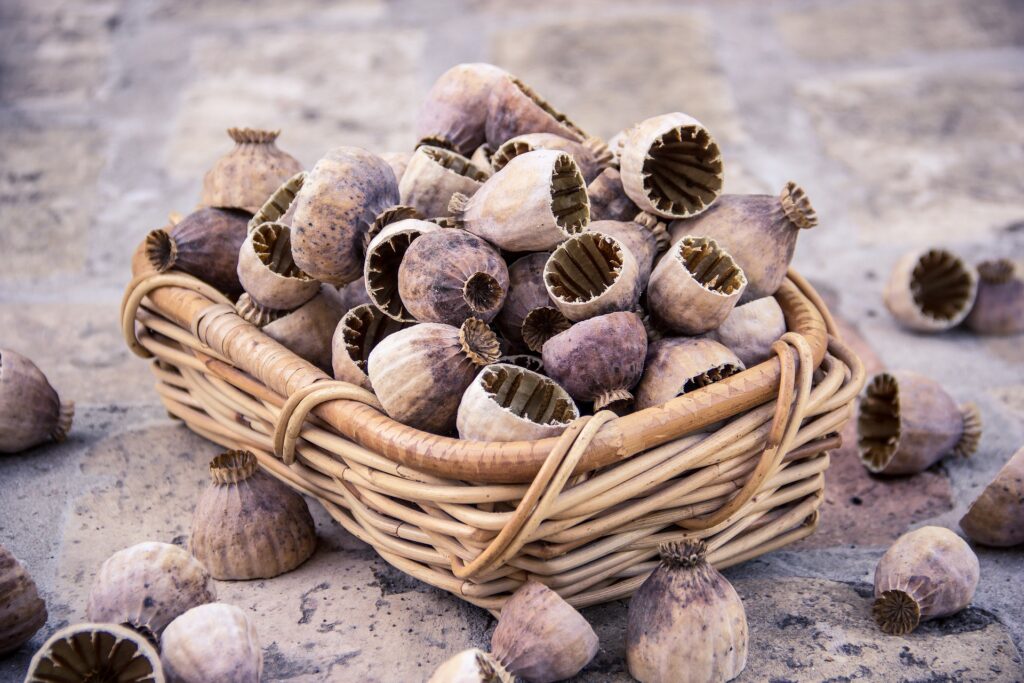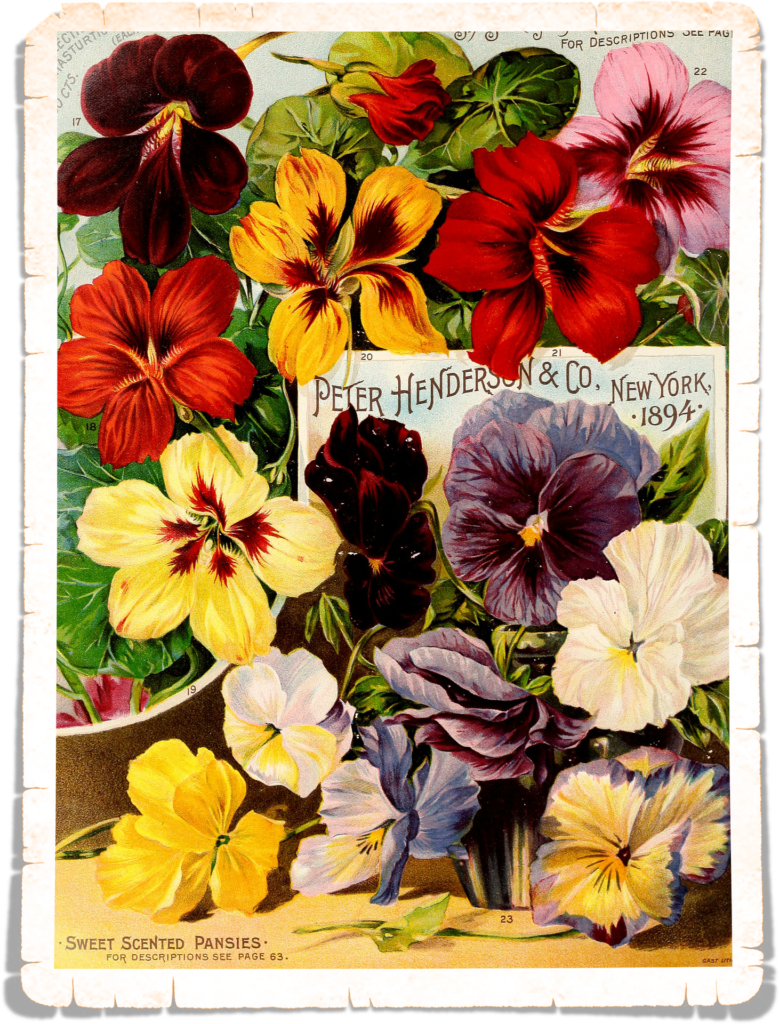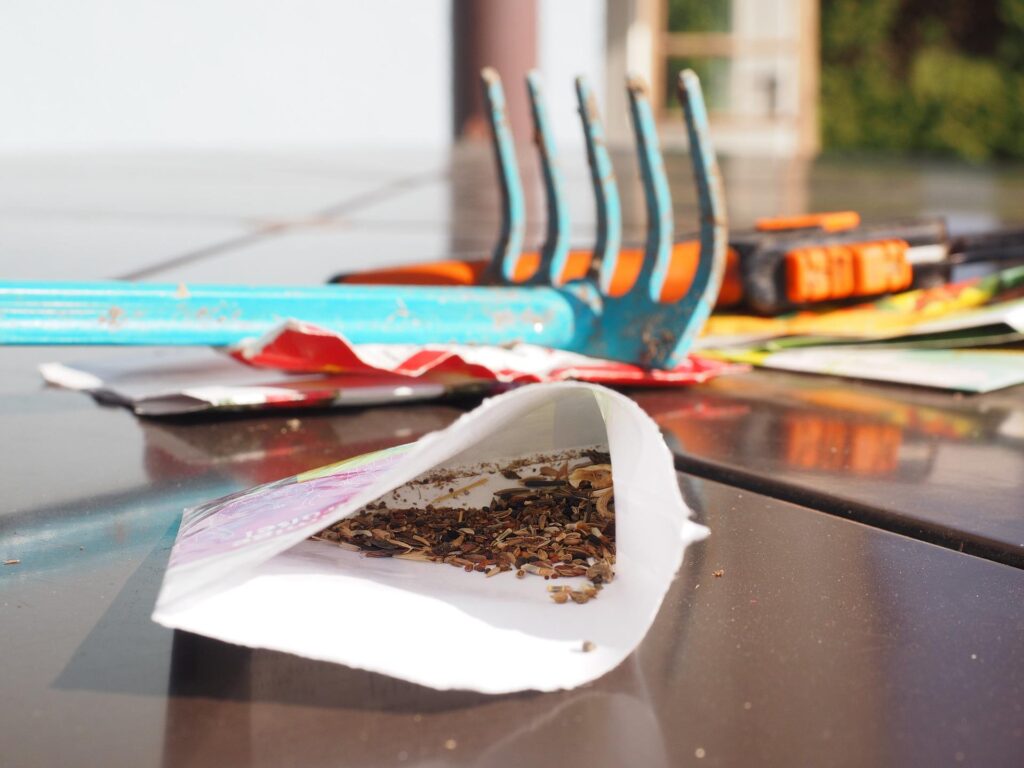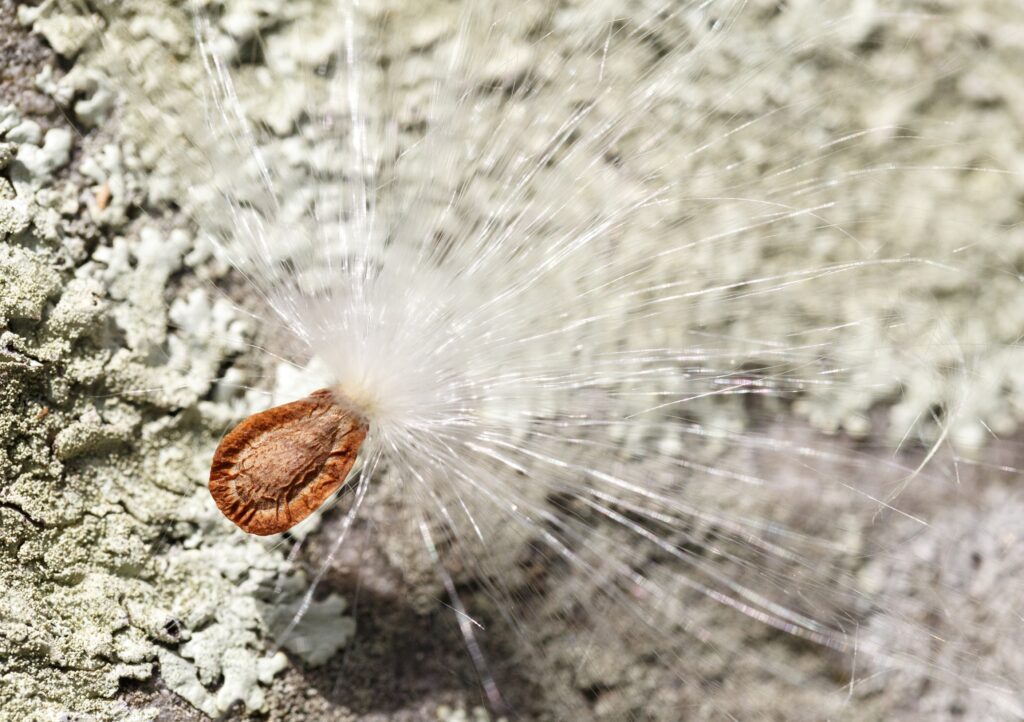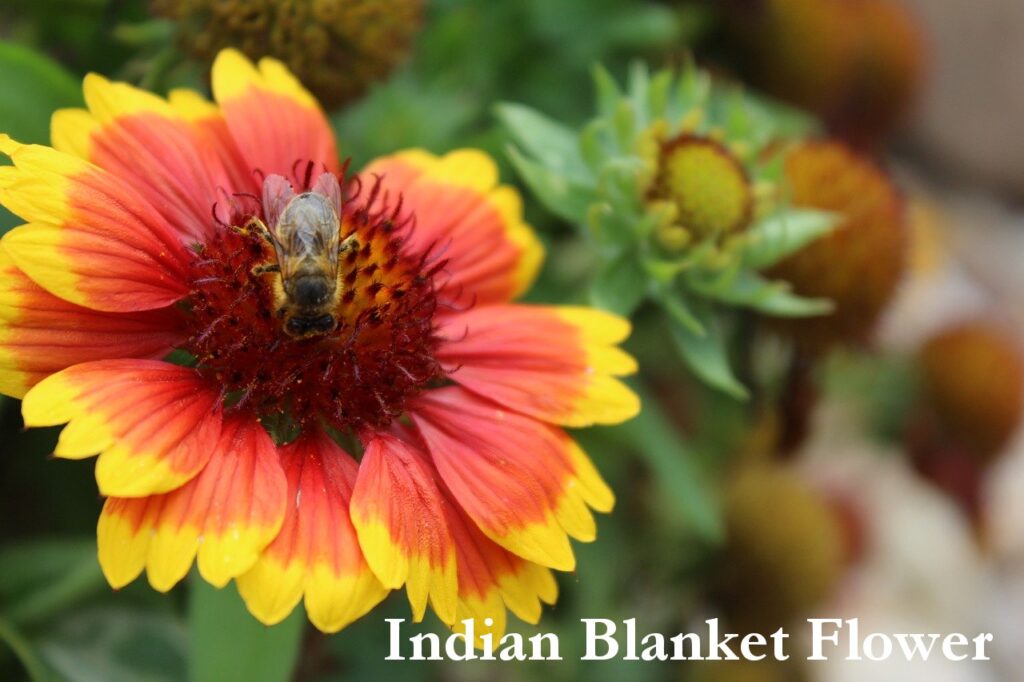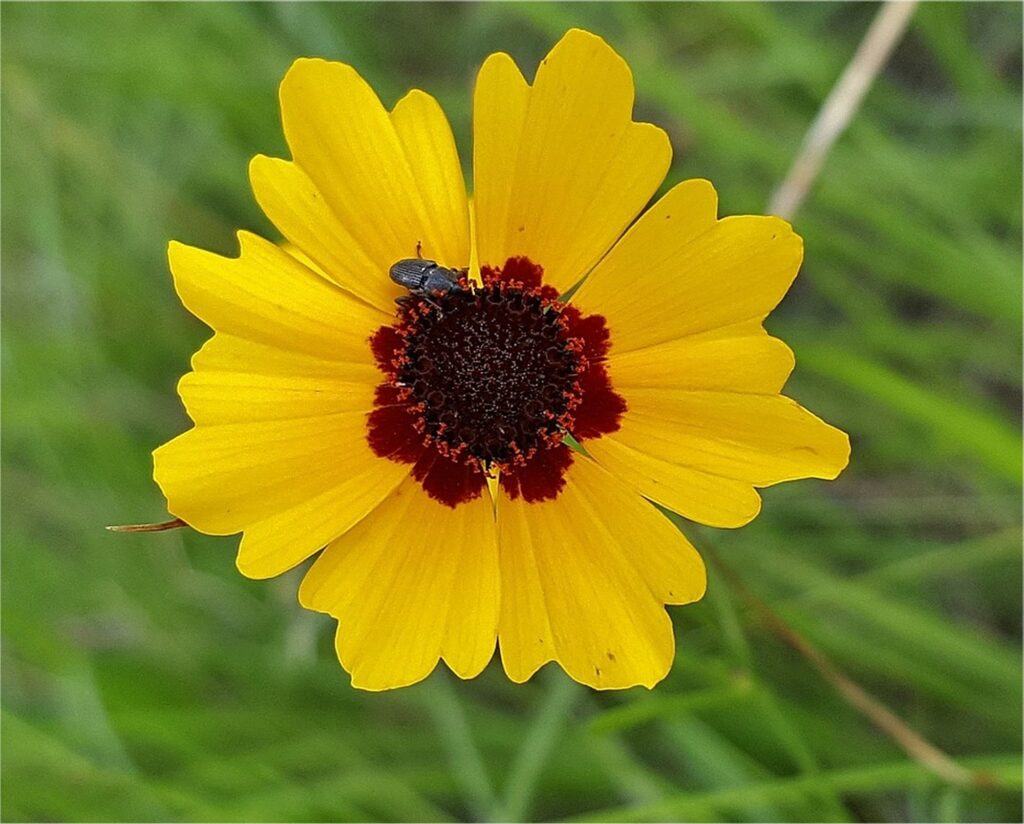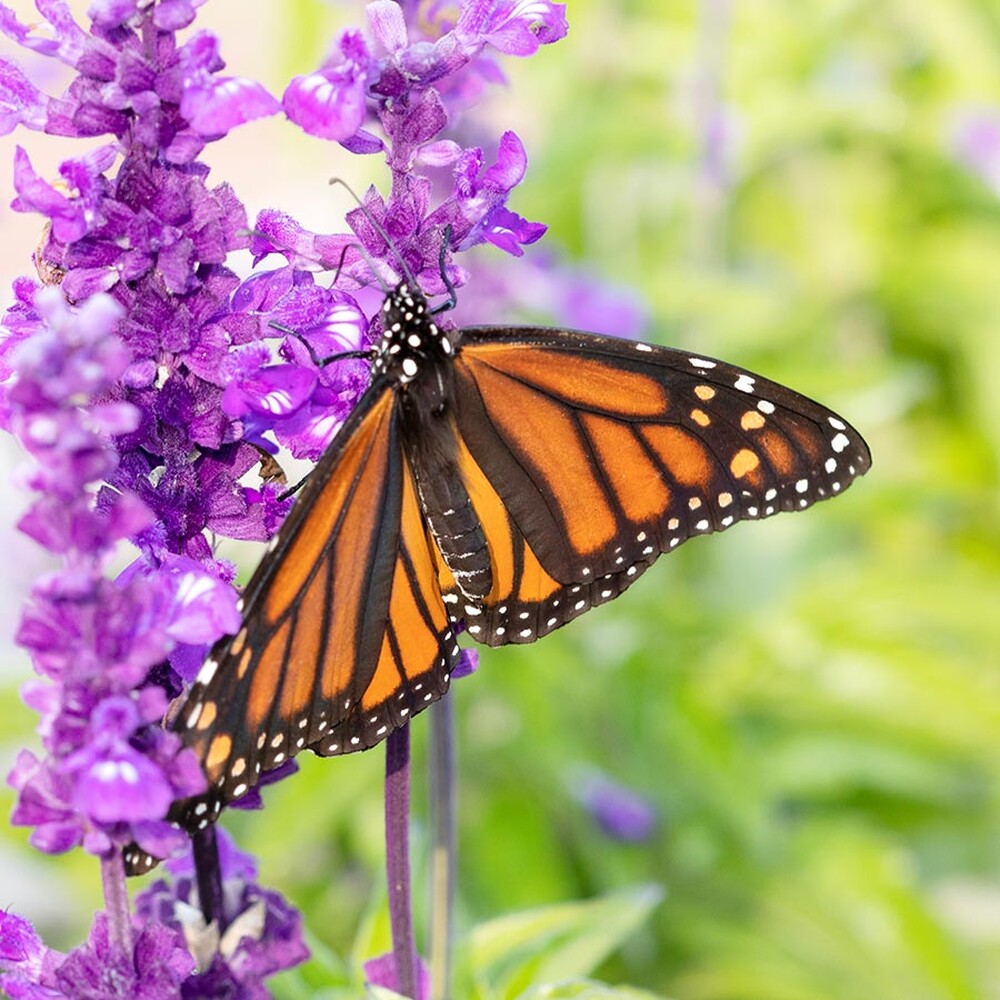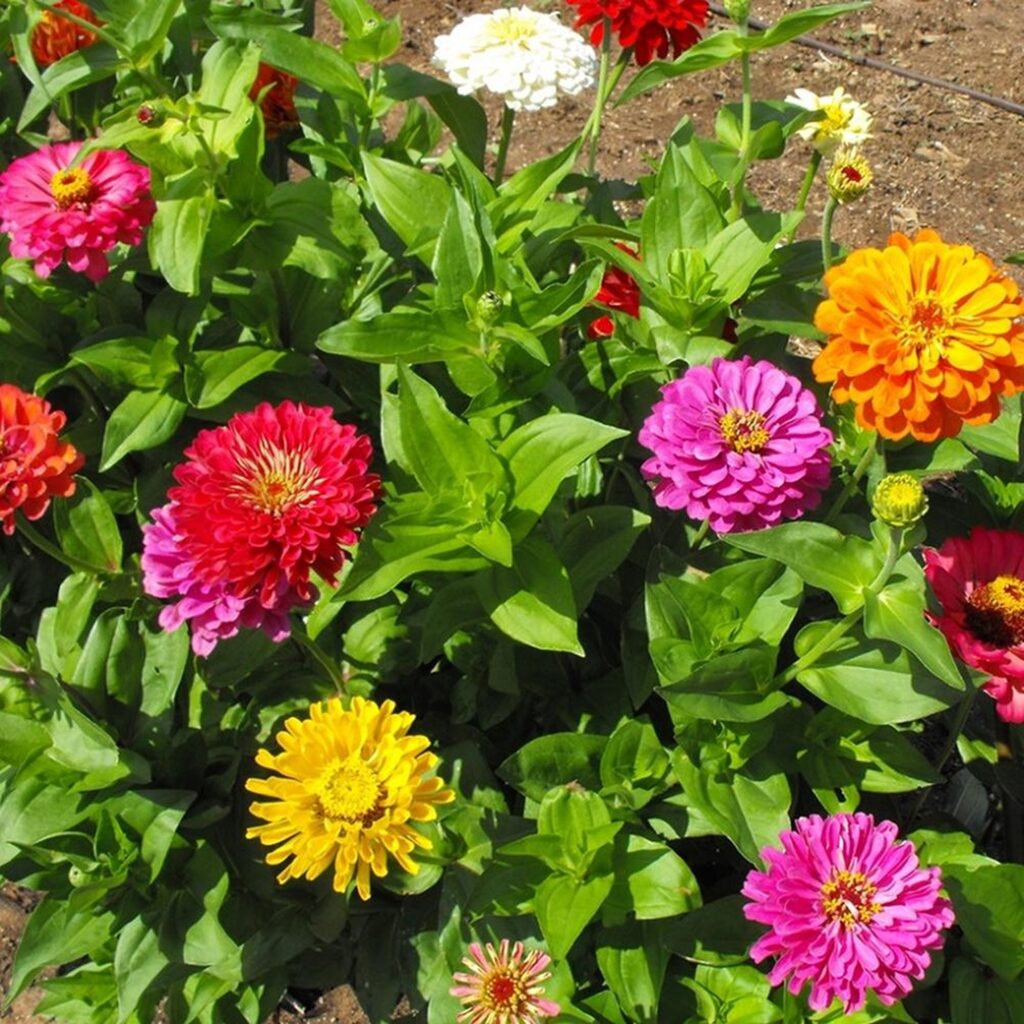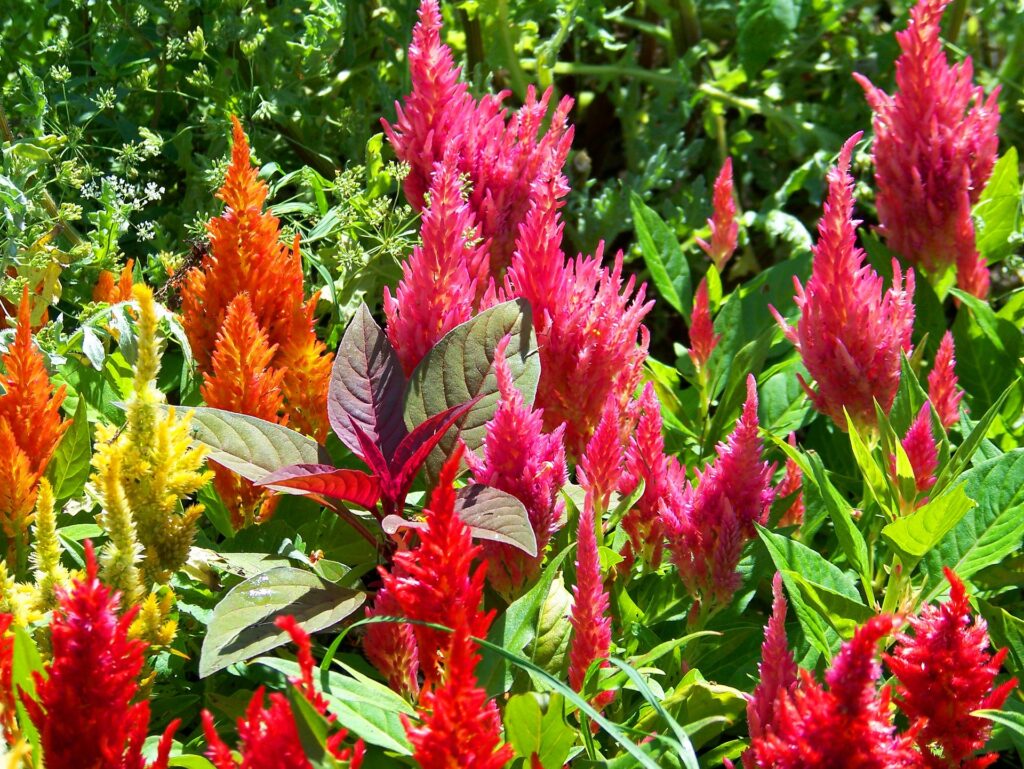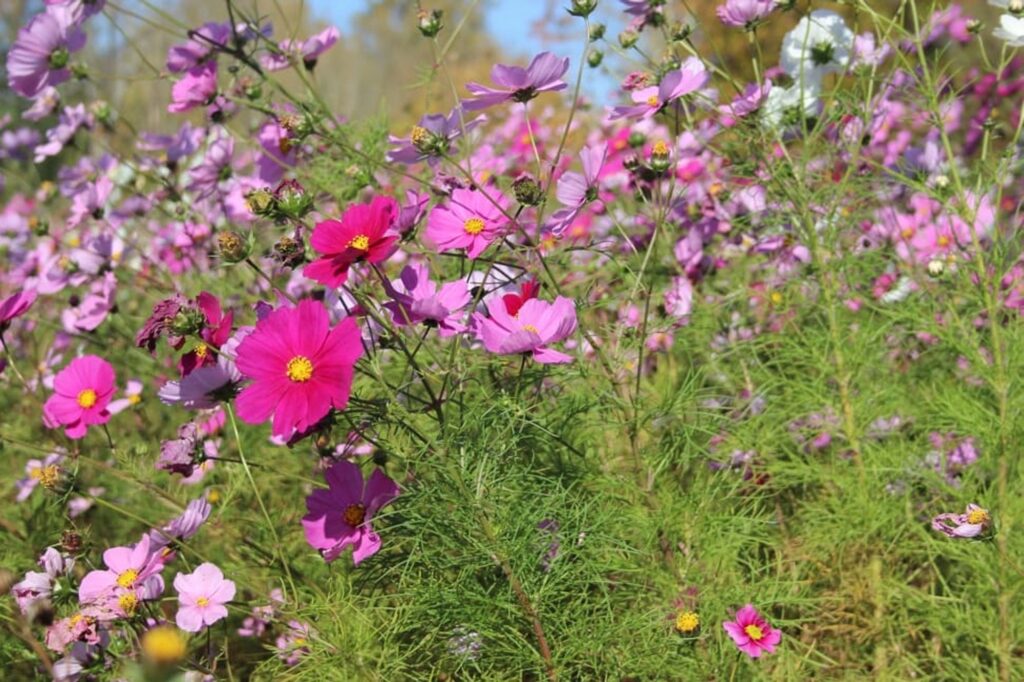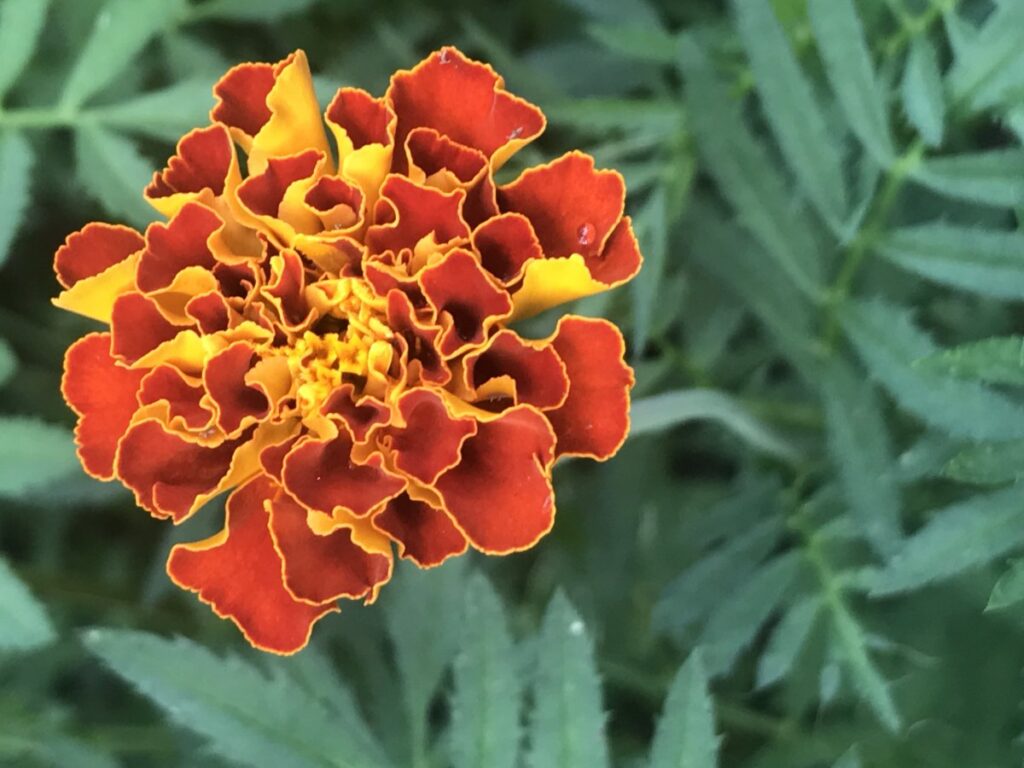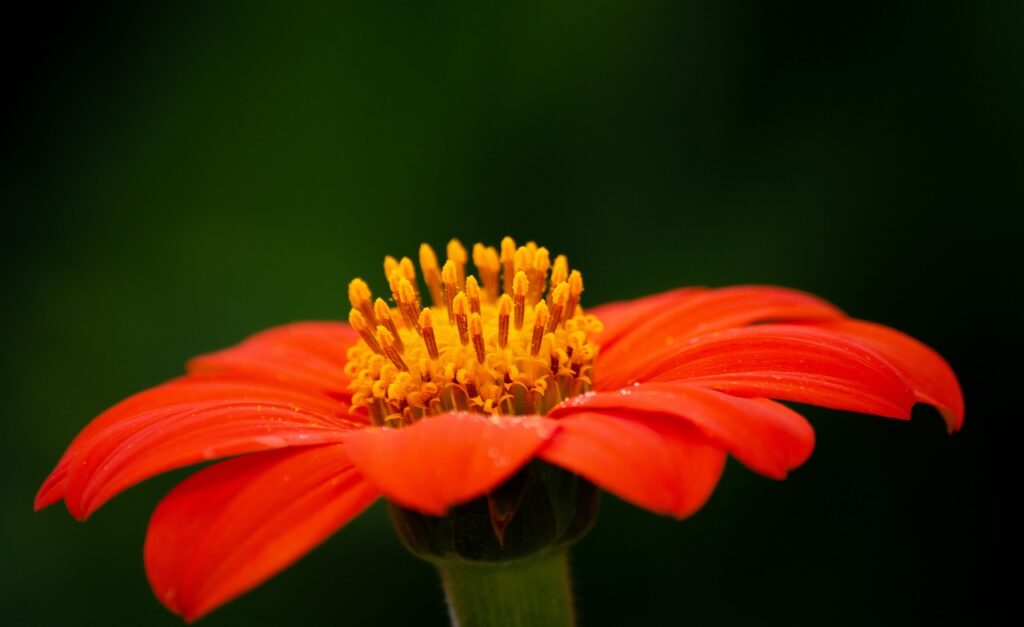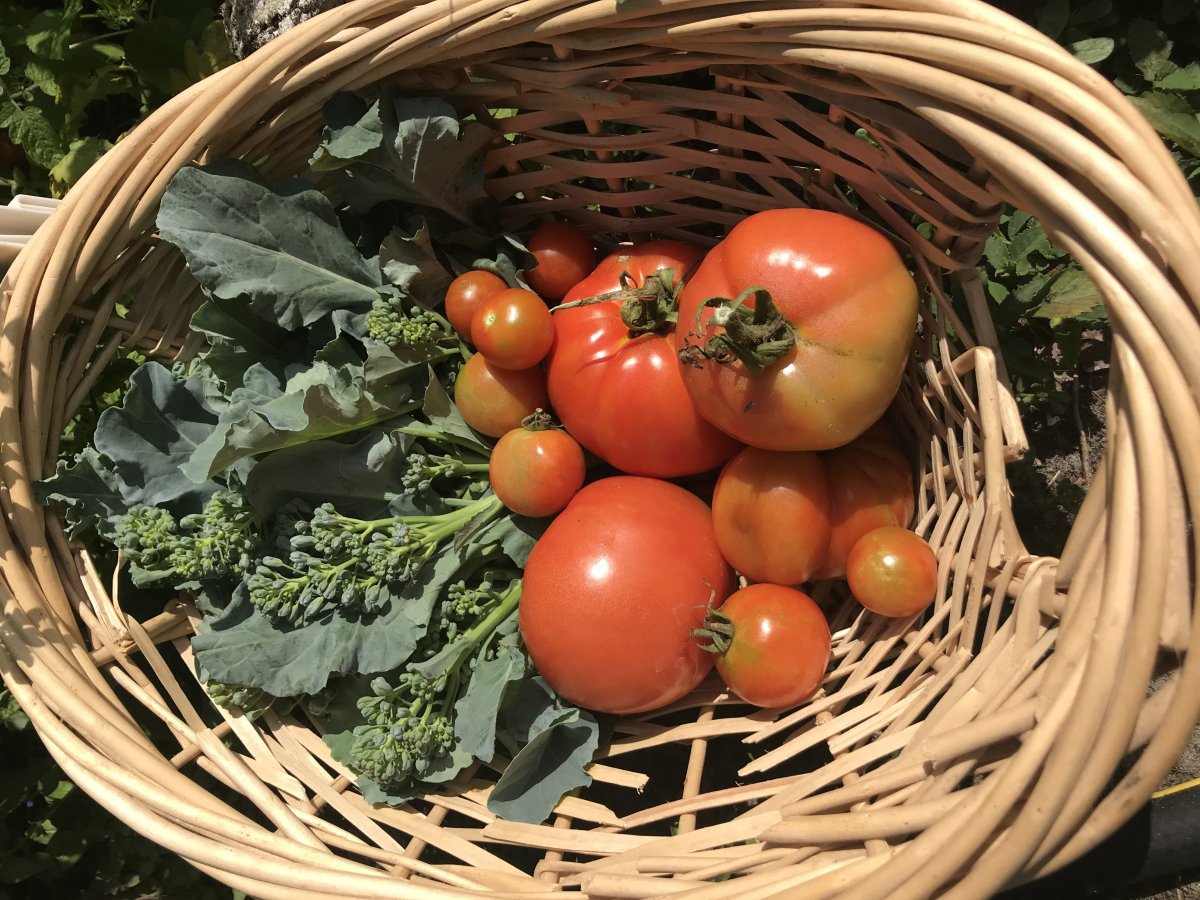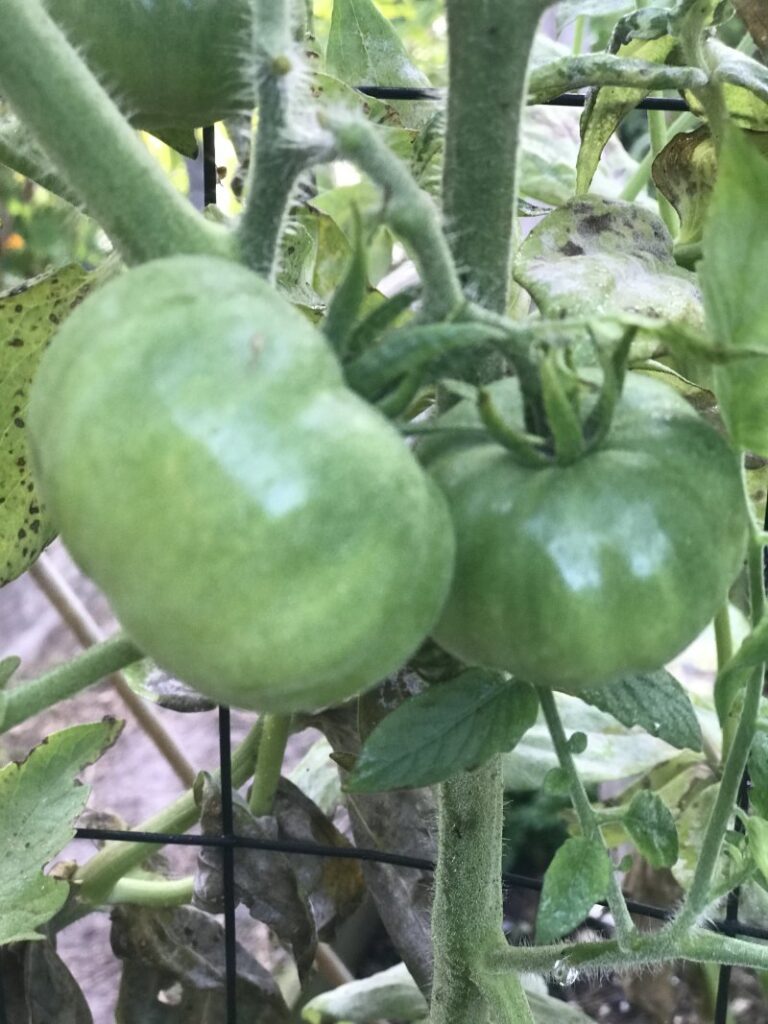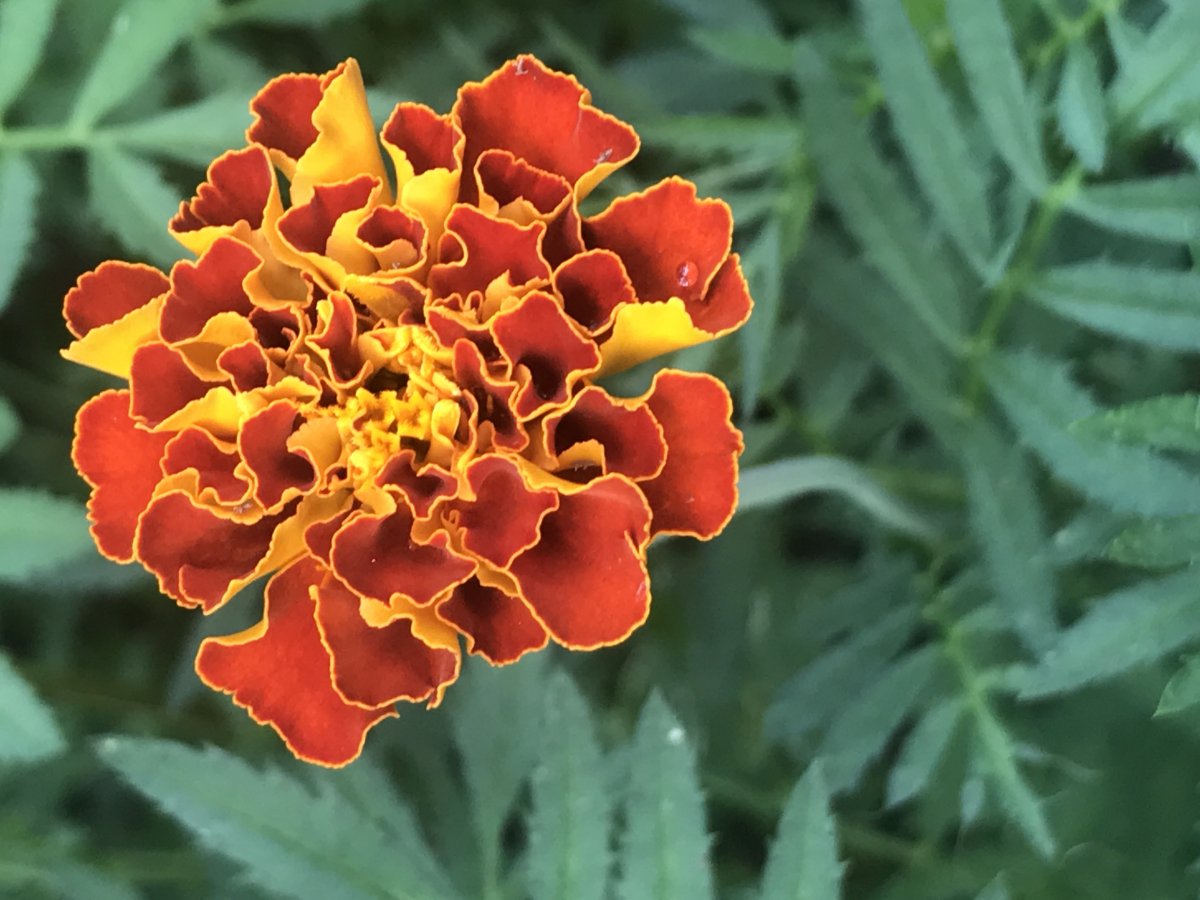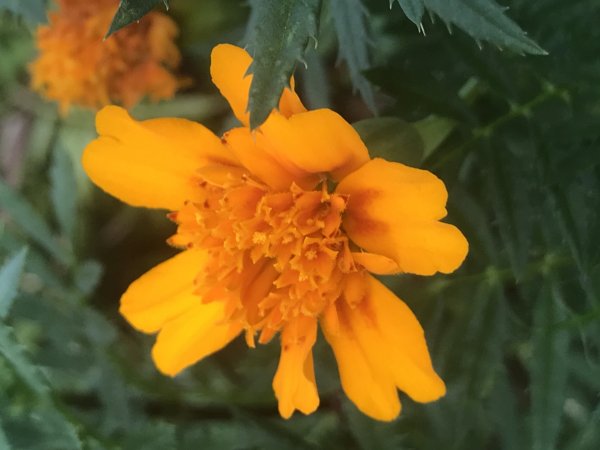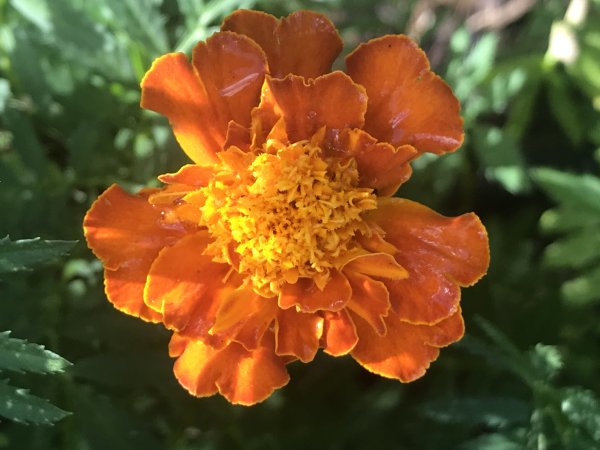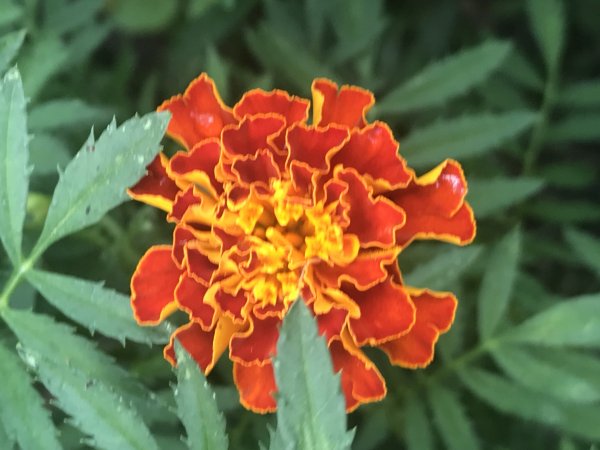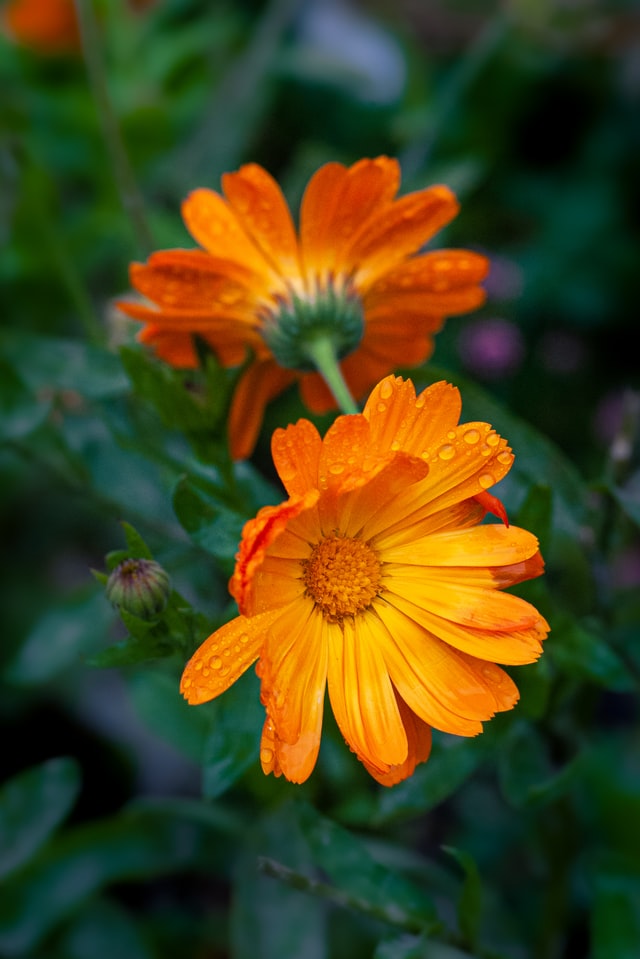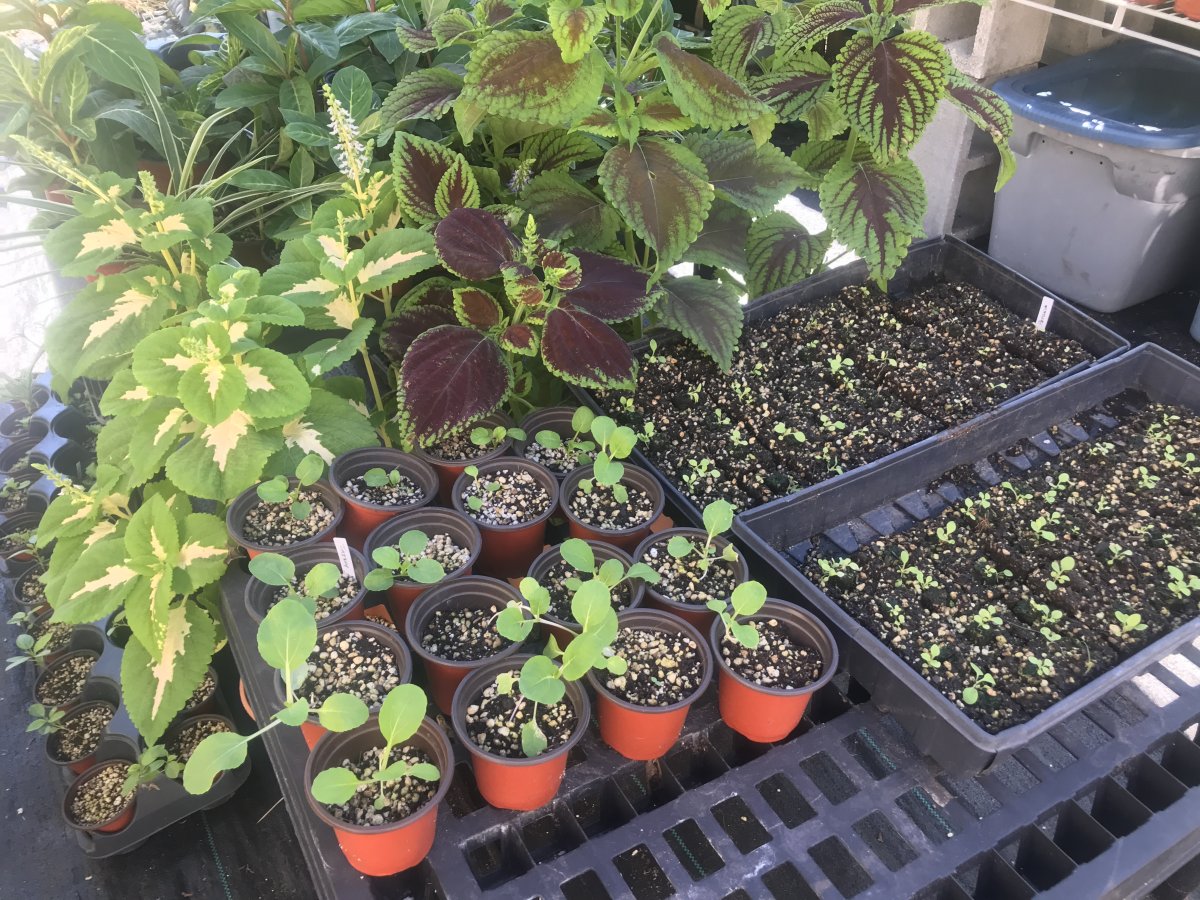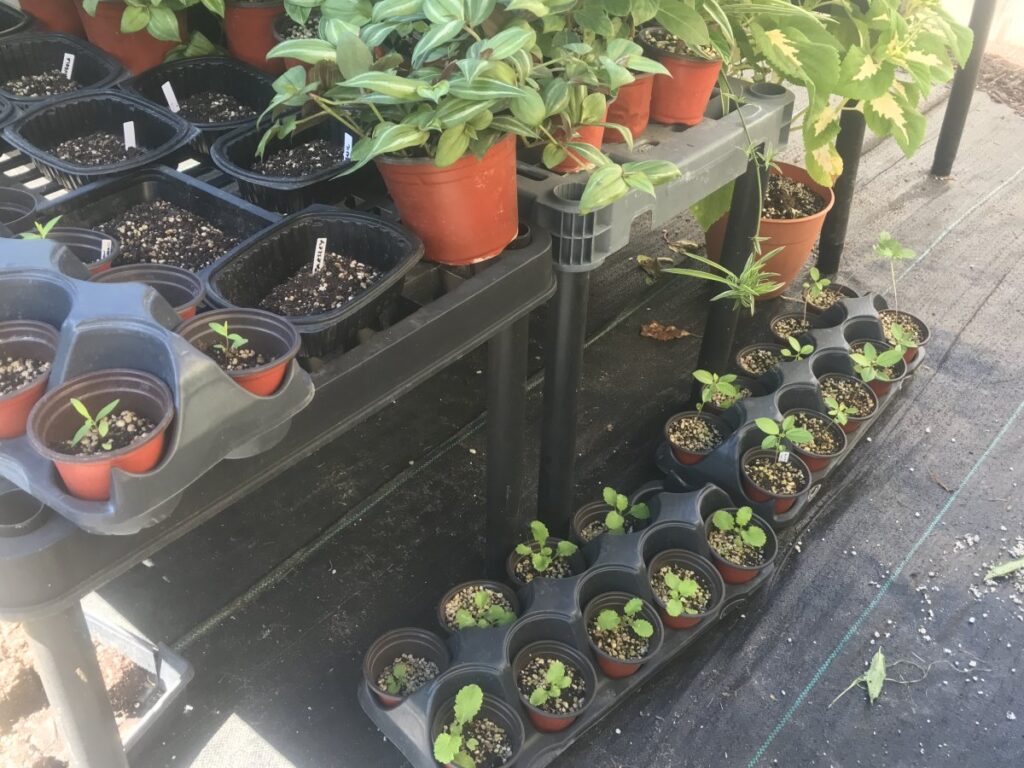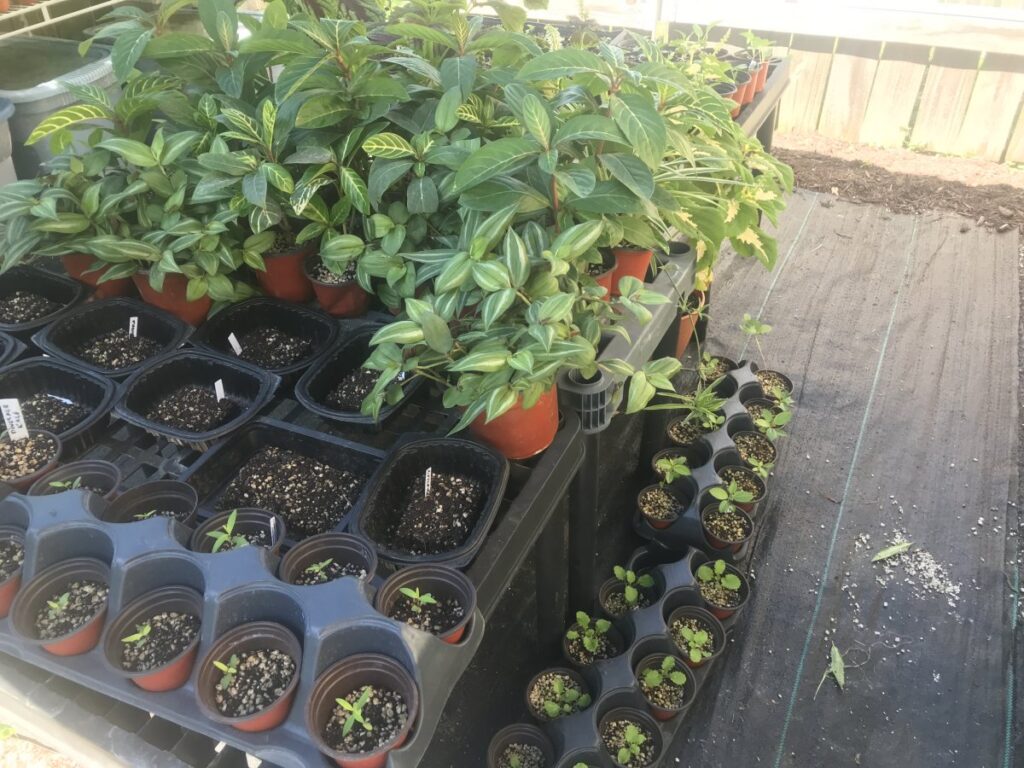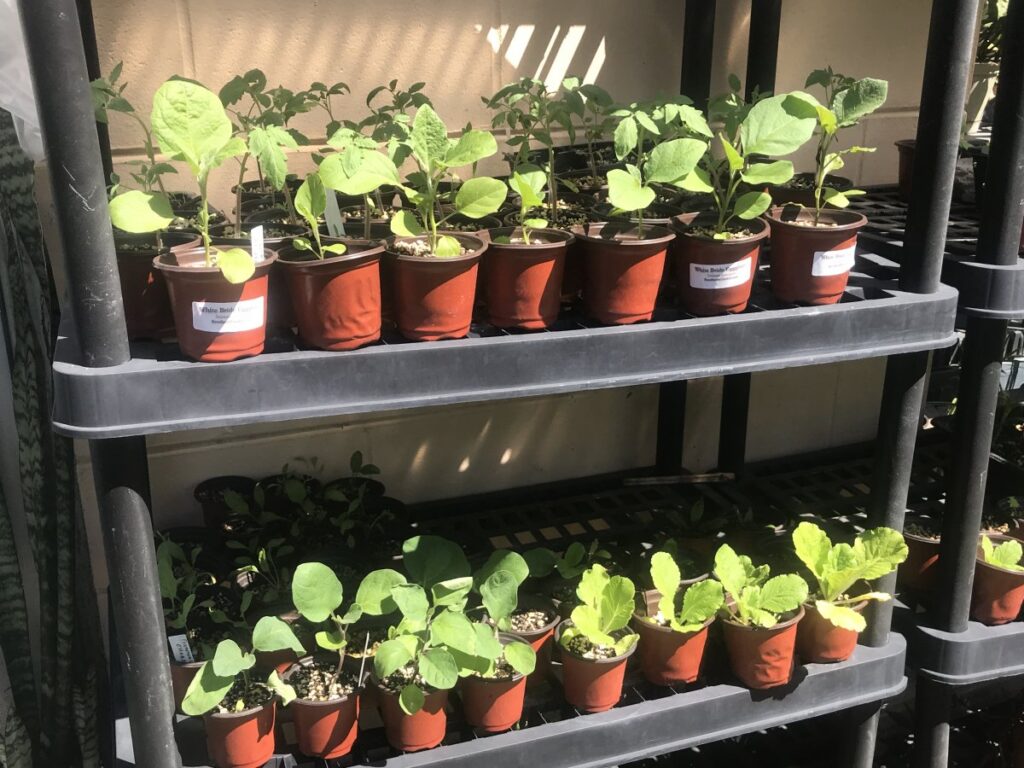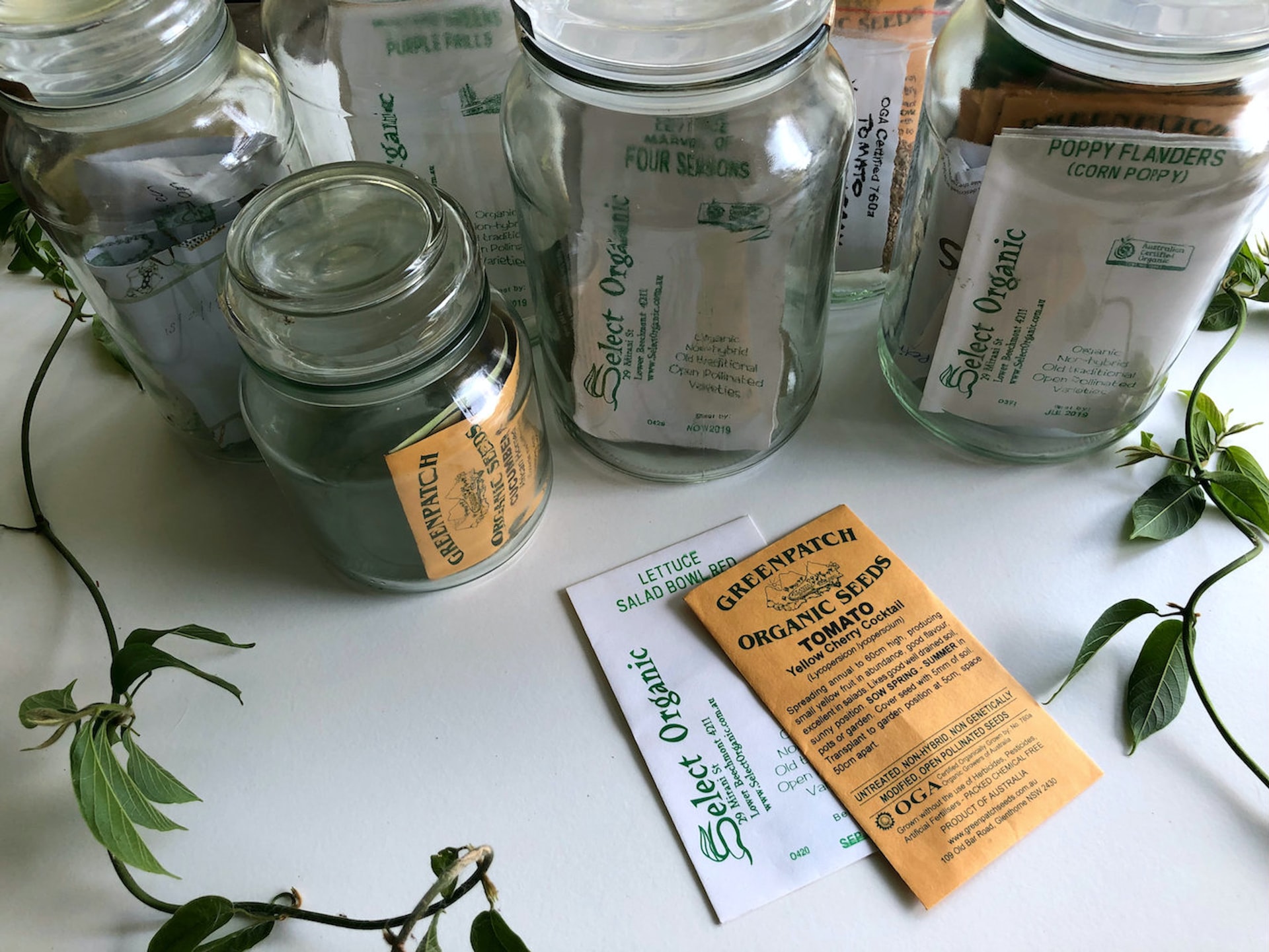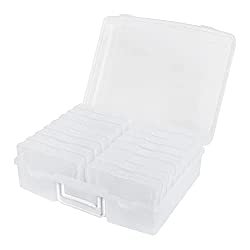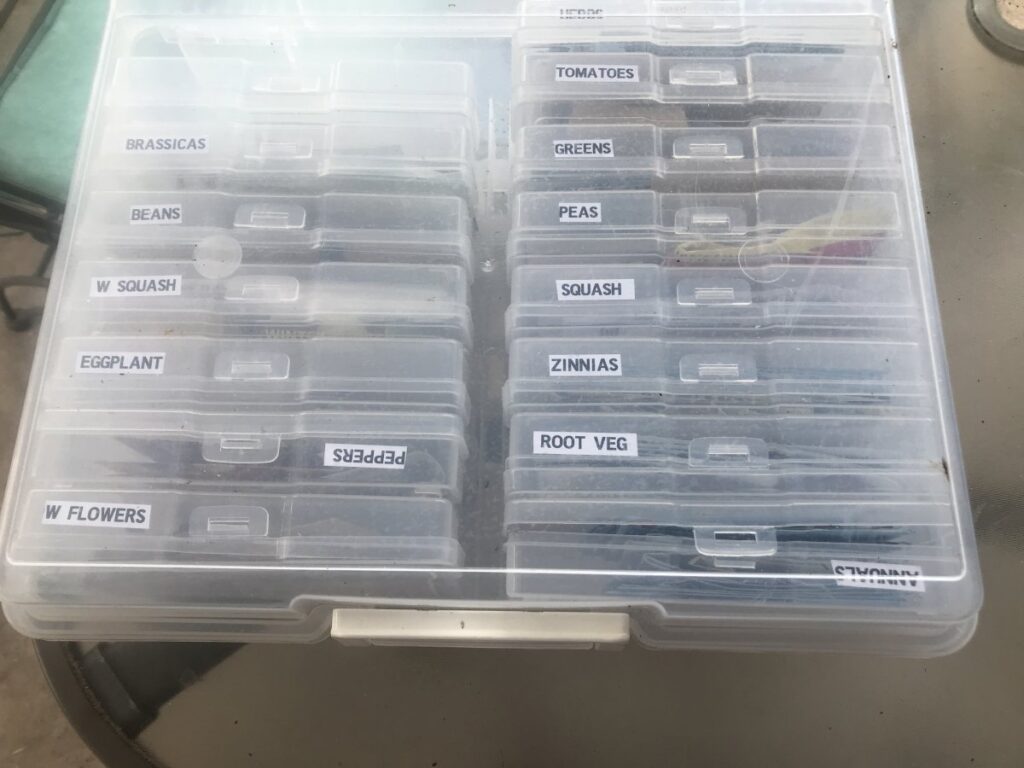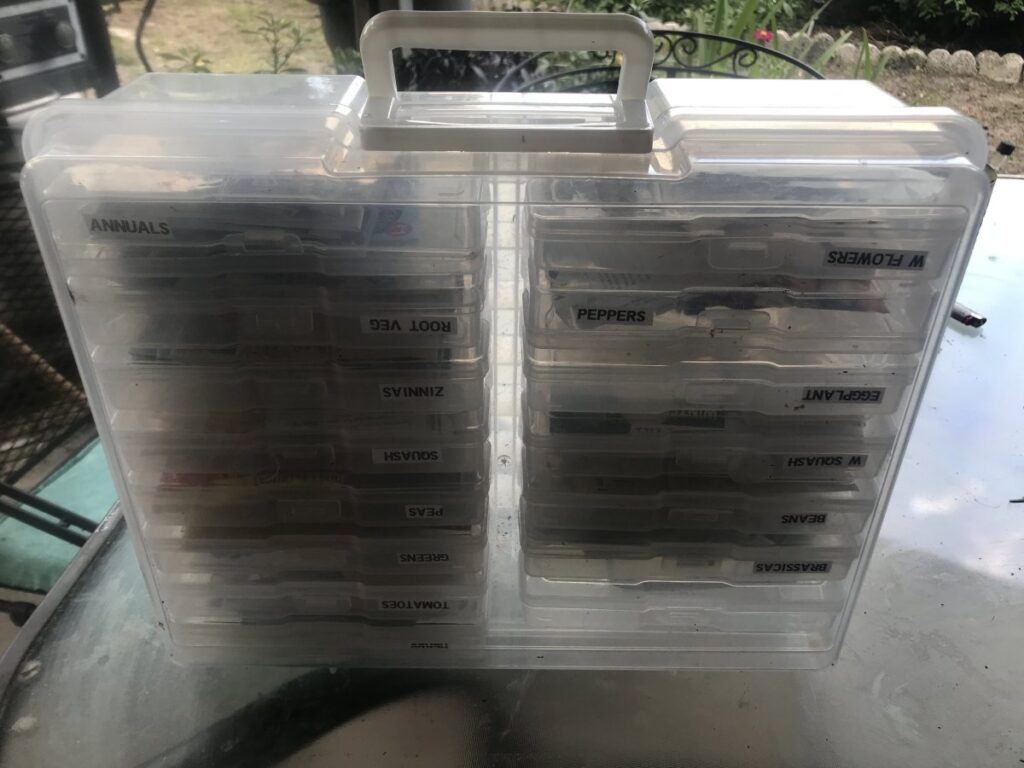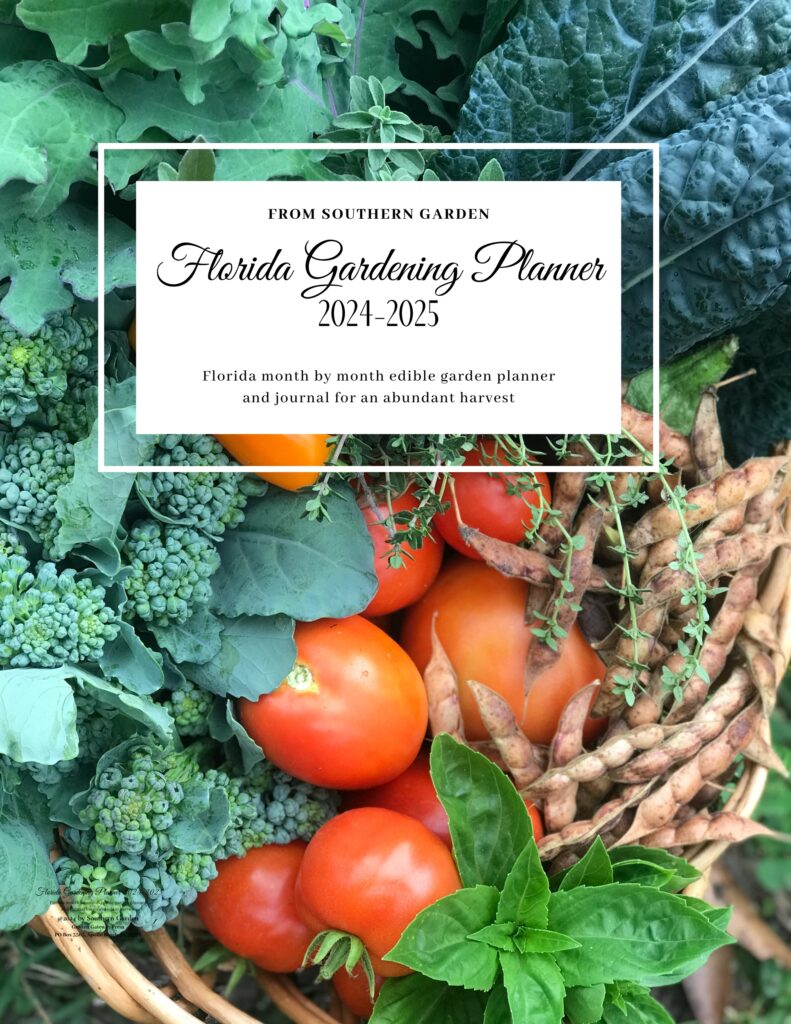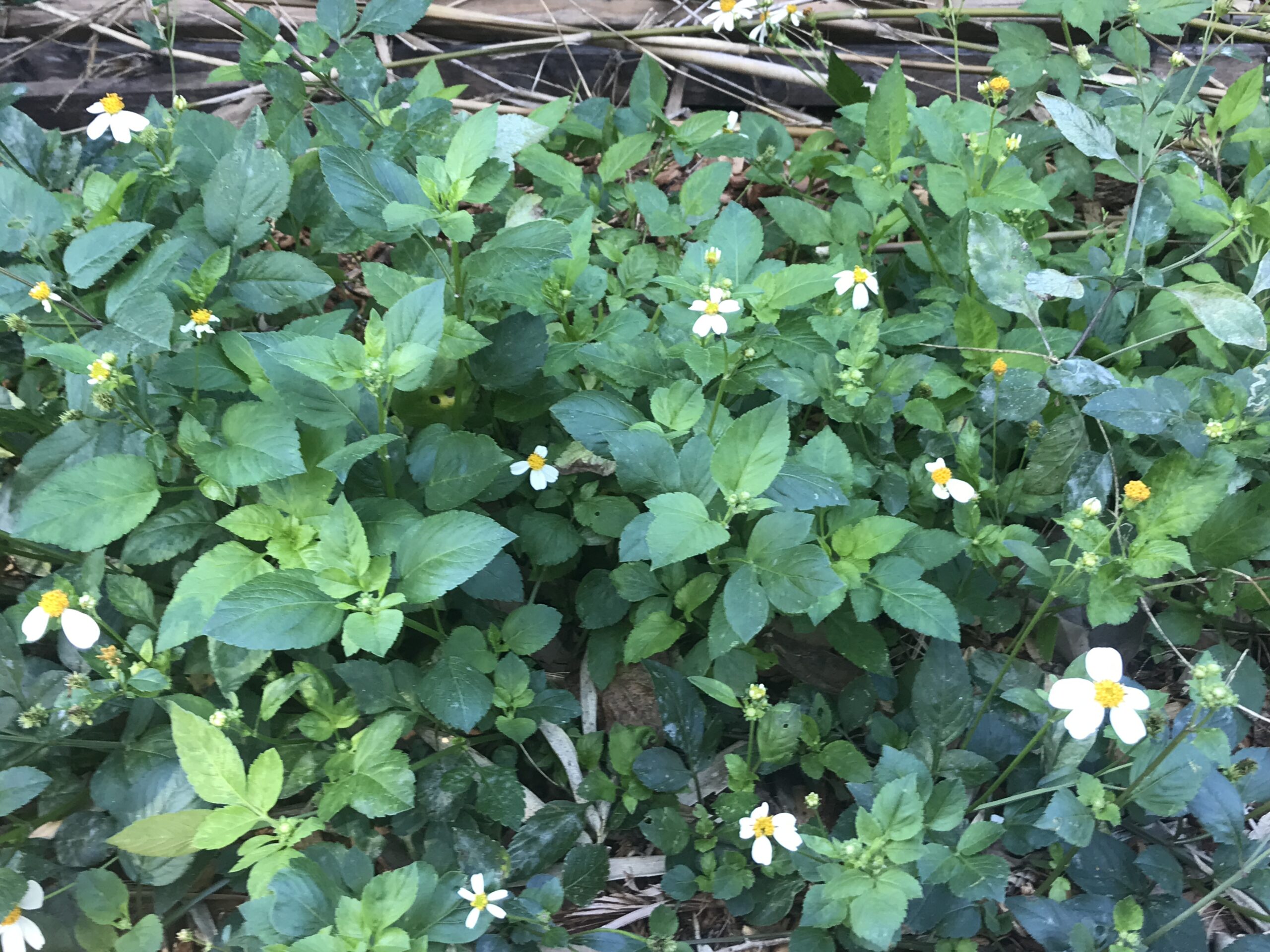
There’s a lot of controversy floating around about the quality of chicken feed right now. Is it tainted? Maybe it’s just poor quality. If your girls have been failing in the nest box, you may be looking for a way to improve their diet. Spring is on its way, and egg production is ramping up. Start looking for some common Florida weeds for chickens to help keep them in top condition.
When it comes down to the health of your homestead and its ability to be self-sufficient, finding ways to feed your chickens from your own land is always a good strategy.
Your ecosystem may be different, but I’ve discovered three common Florida weeds that my chickens simply adore. Best of all, they provide extra nutrition and a good solution for unwanted invaders in the garden bed.
1. Pellitory, Parietaria pensylvanica
More specifically – “Pennsylvania Pellitory” – also called Chicken’s Delight.
Pellitory grows like mad in my Zone 10a suburban garden. It’s native to North America and is usually found in lightly shaded spots, normally in the corners of garden beds and along fences. It’s an annual weed that grows vigorously in the fall and winter.
Pellitory contains a wide range of important nutrients for laying hens. A 100-gram serving of pellitory contains:
- Energy: 23 kcal
- Protein: 2.1 g
- Total Fat: 0.3 g
- Total Carbohydrate: 4.7 g
- Fiber: 3.2 g
- Sugar: 0.7 g
Important vitamins and minerals in Pennsylvania pellitory include:
- Vitamin C: 49 mg (55% of the daily recommended value)
- Vitamin A: 497 IU (10% of the daily recommended value)
- Folate: 95 mcg (24% of the daily recommended value)
- Calcium: 140 mg (14% of the daily recommended value)
- Iron: 2.6 mg (14% of the daily recommended value)
- Magnesium: 47 mg (12% of the daily recommended value)
Pennsylvania pellitory also contains small amounts of other vitamins and minerals, including vitamin K, vitamin B6, potassium, and phosphorus.
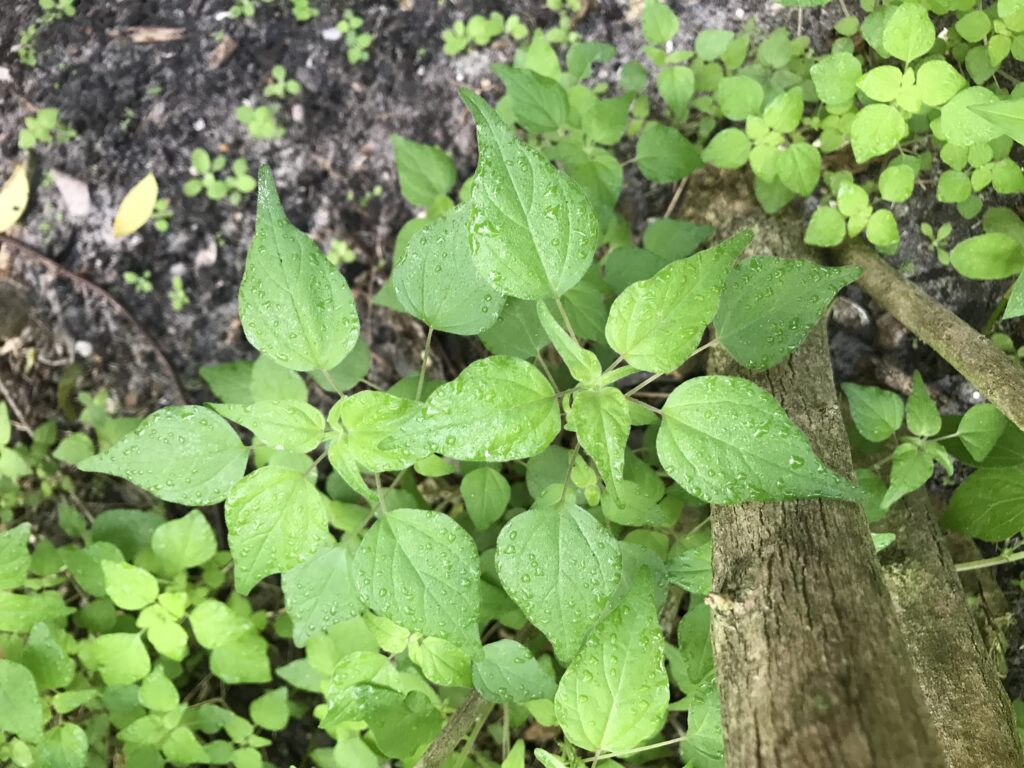
Of all the common Florida weeds for chickens, this one is my favorite. It pulls up like a dream! If you can’t free-range your birds because of local codes, or predators, or to protect your garden, you’ll find harvesting pellitory a sheer joy. It’s very satisfying to pull it up in big clumps. It just slips out of the soil with no resistance.
2. Spanish Needle, Bidens alba
There are two types of Floridians: Those who know and love Bidens alba as a beautiful native flower that nurtures and sustains wildlife year round. Then there is the other type of Floridian – the kind that hates Bidens alba with the heat of 100 burning suns. I have been both types of Floridian. Sometimes, I have been both types on the same day.
But bees love Bidens, and bunnies love Bidens, and so do chickens.
And Bidens may just love chickens right back. Some recent studies found that a closely related species, Bidens pilosa, acts as a prebiotic for them and may even help prevent or lessen the damage of coccidiosis.
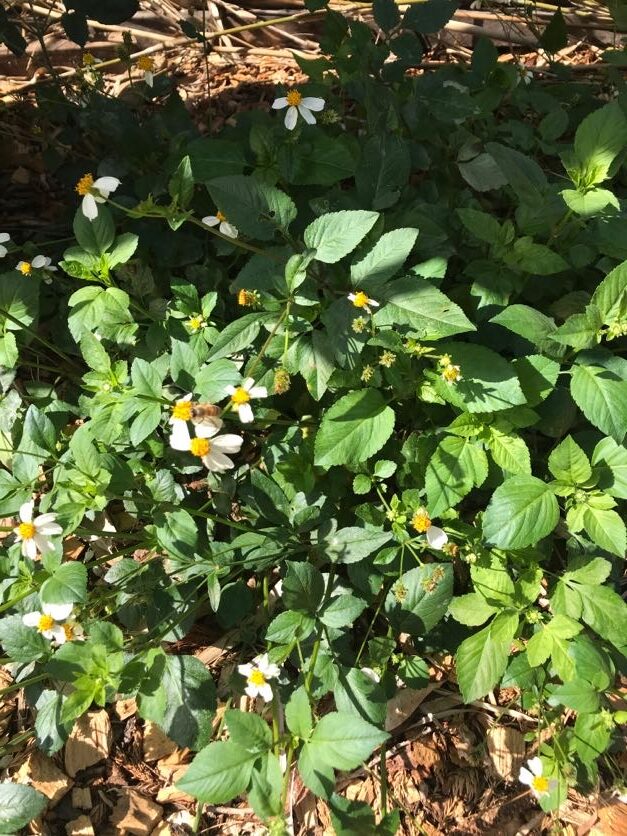
Don’t kill your Bidens. If it all comes down to it, it’s nutritious for people, too. In fact, it may be the hot-weather green we’ve all been needing. I’ve read that it’s grown intentionally as a crop for humans in Africa and sauteed with a peanut sauce. I may try that, someday.
Until then, it makes a great supplement for chickens. It has an impressive nutritional profile:
- Energy: 23 kcal
- Protein: 2.2 g
- Total Fat: 0.5 g
- Total Carbohydrate: 4.7 g
- Fiber: 2.6 g
- Sugar: 0.6 g
It also offers plenty of vitamins and minerals:
- Vitamin C: 47 mg (52% of the daily recommended value)
- Vitamin A: 508 IU (10% of the daily recommended value)
- Folate: 54 mcg (14% of the daily recommended value)
- Calcium: 69 mg (7% of the daily recommended value)
- Iron: 1.6 mg (9% of the daily recommended value)
- Magnesium: 47 mg (12% of the daily recommended value)
In lesser amounts, it also offers vitamin K, vitamin B6, potassium, and phosphorus.
Purslane and Portulaca
If you’re like most Florida gardeners, you probably snicker when you pass the racks of seeds or bedding plants at big box stores and see them selling portulaca. I mean, the stuff grows as a weed here, and many lawncare neatniks spend hours trying to get rid of it.
Our state ag has a whole page for farmers on how to get rid of the stuff!
Most of the purslane or portulaca you’ll see in nurseries is a variety from India, Portulaca oleracea. The kind that pops up in most Florida lawns is pink portulaca, or Portulaca Pilosa, which is native to Florida. Both are lovely, and both are edible for chickens and humans.
3. Kiss Me Quick, Portulaca Pilosa
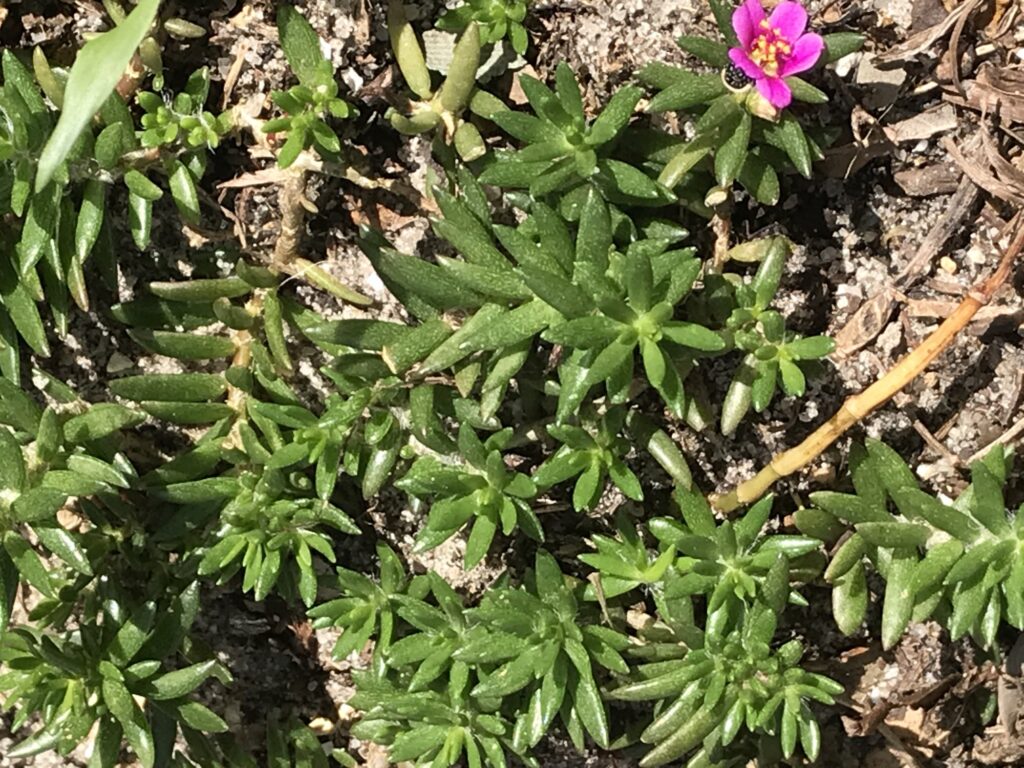
The chickens will have to fight me for the native variety. Not to eat! I just think they’re the cutest things. I wouldn’t mind if my whole yard was made up of them.
A 100-gram serving of Kiss-Me-Quick for chickens provides:
- Energy: 17 kcal
- Protein: 2.1 g
- Total Fat: 0.2 g
- Total Carbohydrate: 2.0 g
- Fiber: 2.1 g
- Sugar: 0.6 g
Essential vitamins and minerals include:
- Vitamin C: 36 mg (40% of the daily recommended value)
- Vitamin A: 755 IU (15% of the daily recommended value)
- Folate: 81 mcg (20% of the daily recommended value)
- Calcium: 132 mg (14% of the daily recommended value)
- Iron: 1.9 mg (11% of the daily recommended value)
- Magnesium: 39 mg (10% of the daily recommended value)
That’s a nice dose of calcium, which is required for healthy egg production. So, perhaps the chickens will win this one.
Portulaca pilosa also contains vitamin K, potassium, and phosphorus.
4. Common Purslane, Portulaca oleracea
The non-native portulaca usually comes in two varieties: purslane, which is the one with the flat leaves, and portulaca, the one with the cylindrical leaves. They’re both decorative plants or weeds, depending on your viewpoint.
Purslane seems to find its way into many Florida gardens, hopping pots from garden centers or catching a ride on wildlife. Many find it a delicious and nutritious addition to salads. The tangy flavor makes it one of those forage standbys.
For chickens, it provides:
- Energy: 15 kcal
- Protein: 1.6 g
- Total Fat: 0.3 g
- Total Carbohydrate: 2.0 g
- Fiber: 1.5 g
- Sugar: 0.4 g
It also has important vitamins and minerals:
- Vitamin C: 16 mg (18% of the daily recommended value)
- Vitamin A: 394 IU (8% of the daily recommended value)
- Folate: 82 mcg (21% of the daily recommended value)
- Calcium: 87 mg (9% of the daily recommended value)
- Iron: 2.0 mg (11% of the daily recommended value)
- Magnesium: 49 mg (12% of the daily recommended value)
Vitamin K, vitamin B6, potassium, and phosphorus also make up purslane’s nutritional label.
The Chicken Feed Debate In an Egg Shell
The cost of eggs in the grocery stores has skyrocketed. First, the Avian Flu purge, and now our own chickens are coming up short.
Some internet influencers in the homesteading arena are claiming that big feed producers are distributing poor-quality feed. There are even a few outliers that say that this is all part of some big conspiracy to deny Americans of wholesome food, making them more reliant on Big Ag and government handouts.
I’m a bit more inclined to blame corporate greed. The U.S. imports far too many agricultural products from China, including pet foods. And unscrupulous manufacturers there are known to melamine, a plastic, to pet foods and treats, to falsely boost their protein content numbers. They’ve even done it to baby food!
We may never unravel all of the true causes of the Great Egg Shortage. There may be a host of reasons that our chickens seem to be laying fewer eggs this year.
It could be poor-quality food with cheaper ingredients to make more money. It could also be no more malicious than stale, old food that sat in warehouses due to the supply chain issues.
It could be the wonky weather we’re having lately, with record-breaking heatwaves and record-breaking cold spells. Sometimes both in the same month, if you live in Florida.
It could just be that the post-pandemic world has made us more aware of the physical signs of dis-ease and more suspicious of changes in ourselves and our animals.
Add These Common Florida Weeds for Chickens for Free
In the long view, the cause doesn’t really matter. What really matters is taking care of what’s ours to nurture. Adding these four common Florida weeds for chickens to their daily diet can help.
Food loses nutritional value when it sits on the shelves. If it loses value sitting in your shed for three months, think of how much it loses when it has to cross the planet on a ship. Or even cross the country on a truck. Buy locally-produced feed whenever possible. Not only does it retain more nutritional value, it also helps support businesses in your community.
You can grow food for your chickens, like marigolds and brassicas. But why not make better use of those pesky weeds in your yard? Just remember that you’ll need to stop using herbicides and pesticides.
While they may not provide everything your chickens need, they’re a welcome dose of calories, protein, vitamins, and minerals. Times are tough, and if you’re buying commercial feed on the cheap, it may even provide critical micronutrients that don’t find their way into the budget-grade chicken formula.

